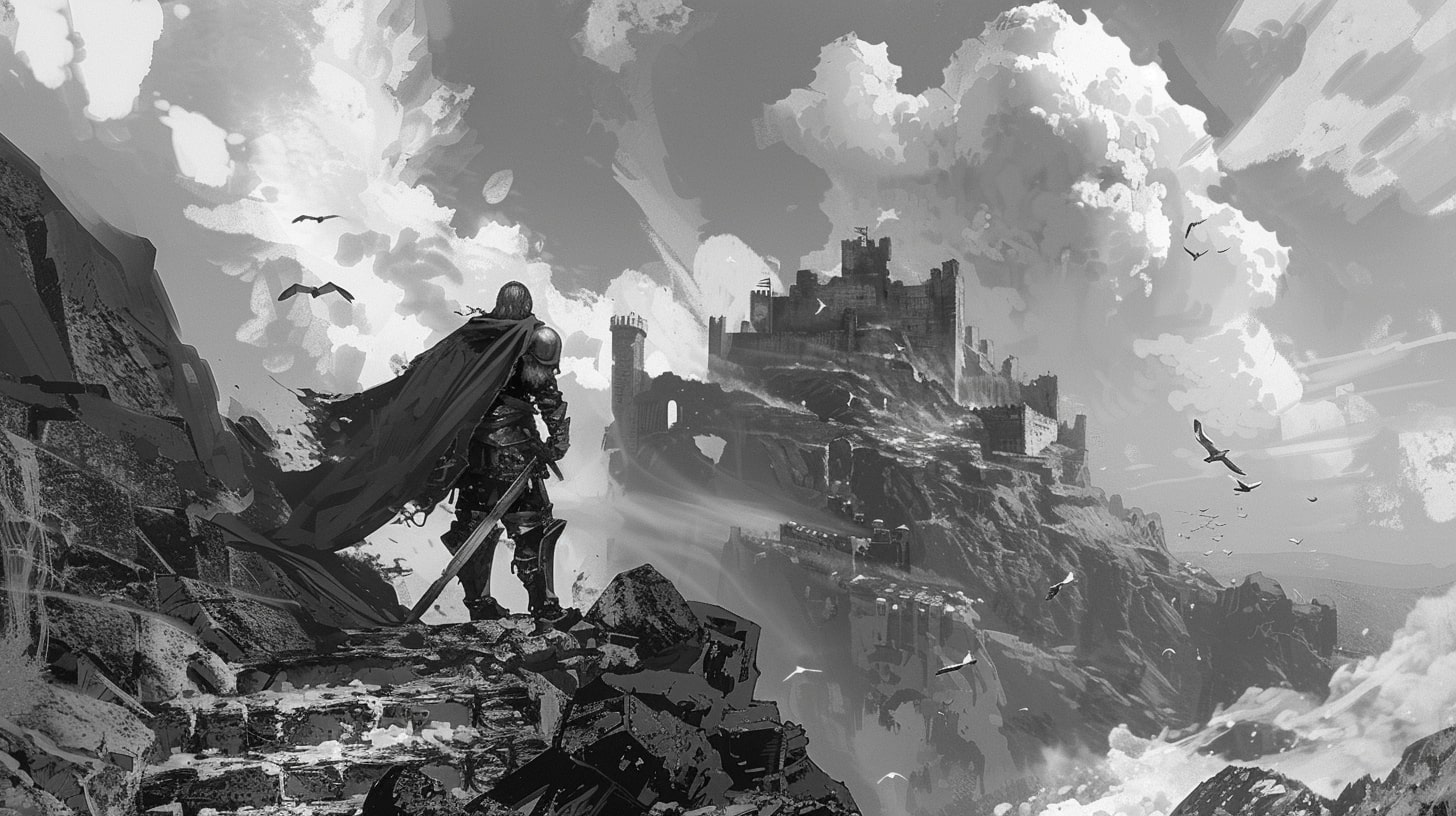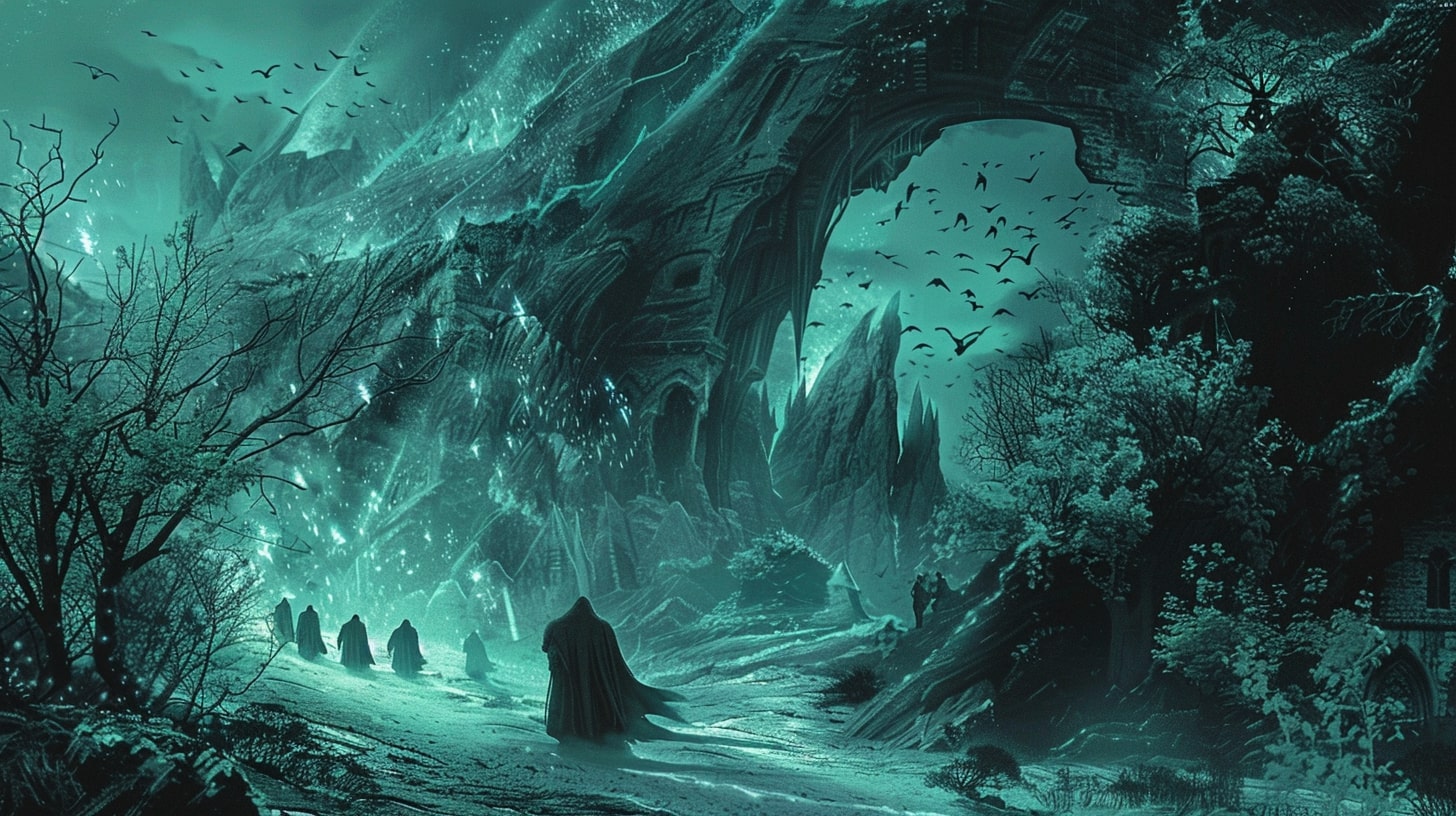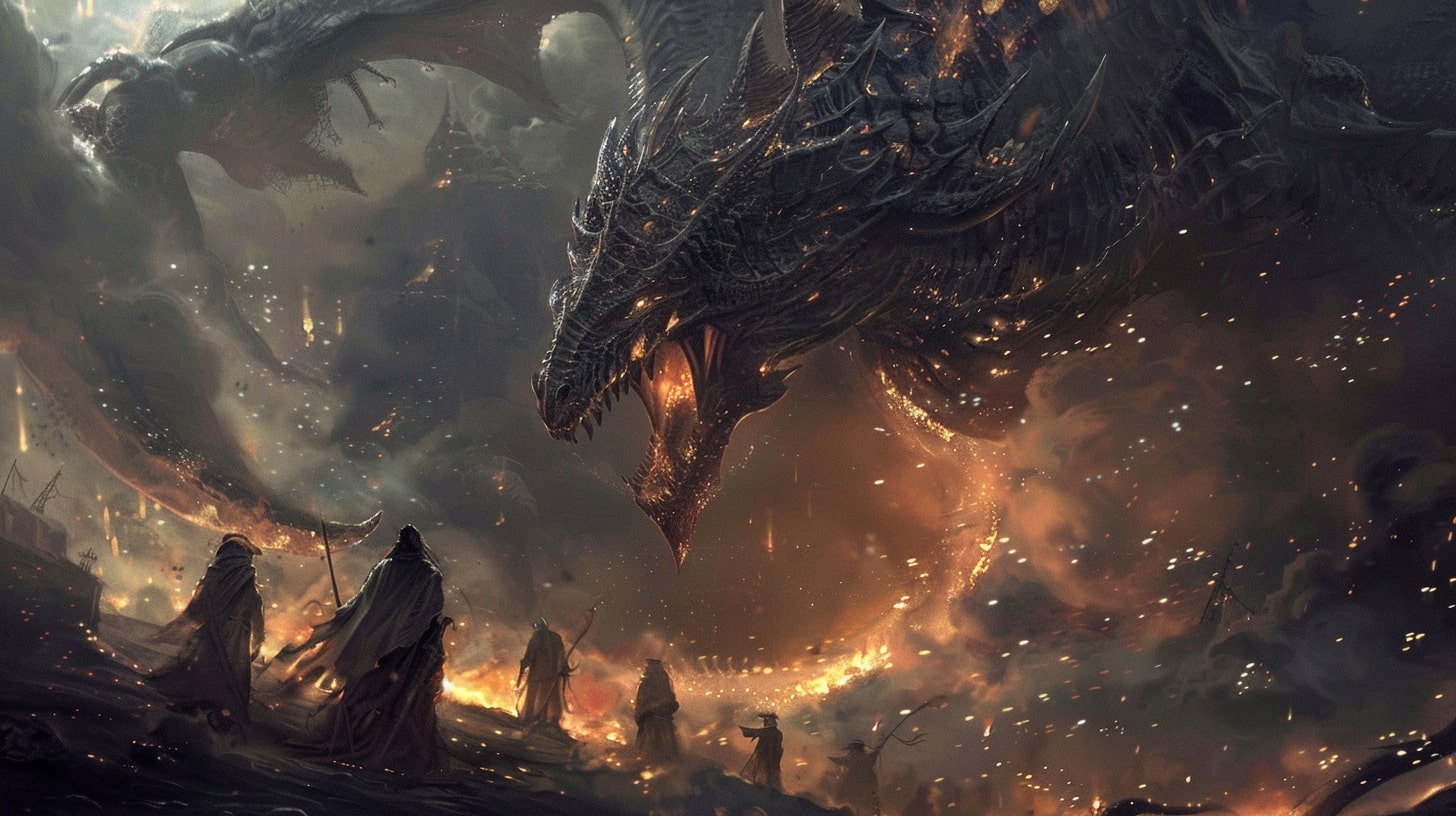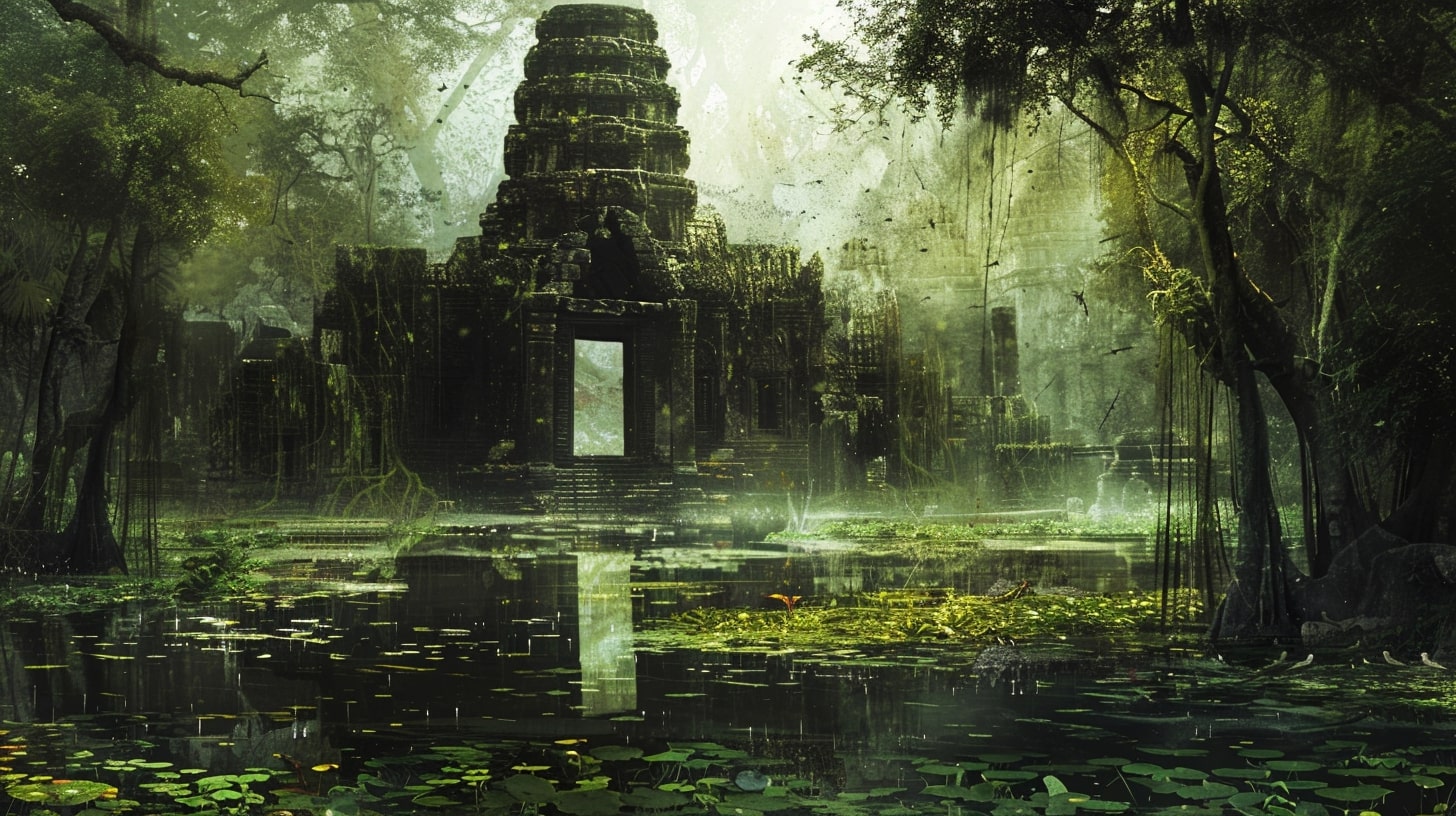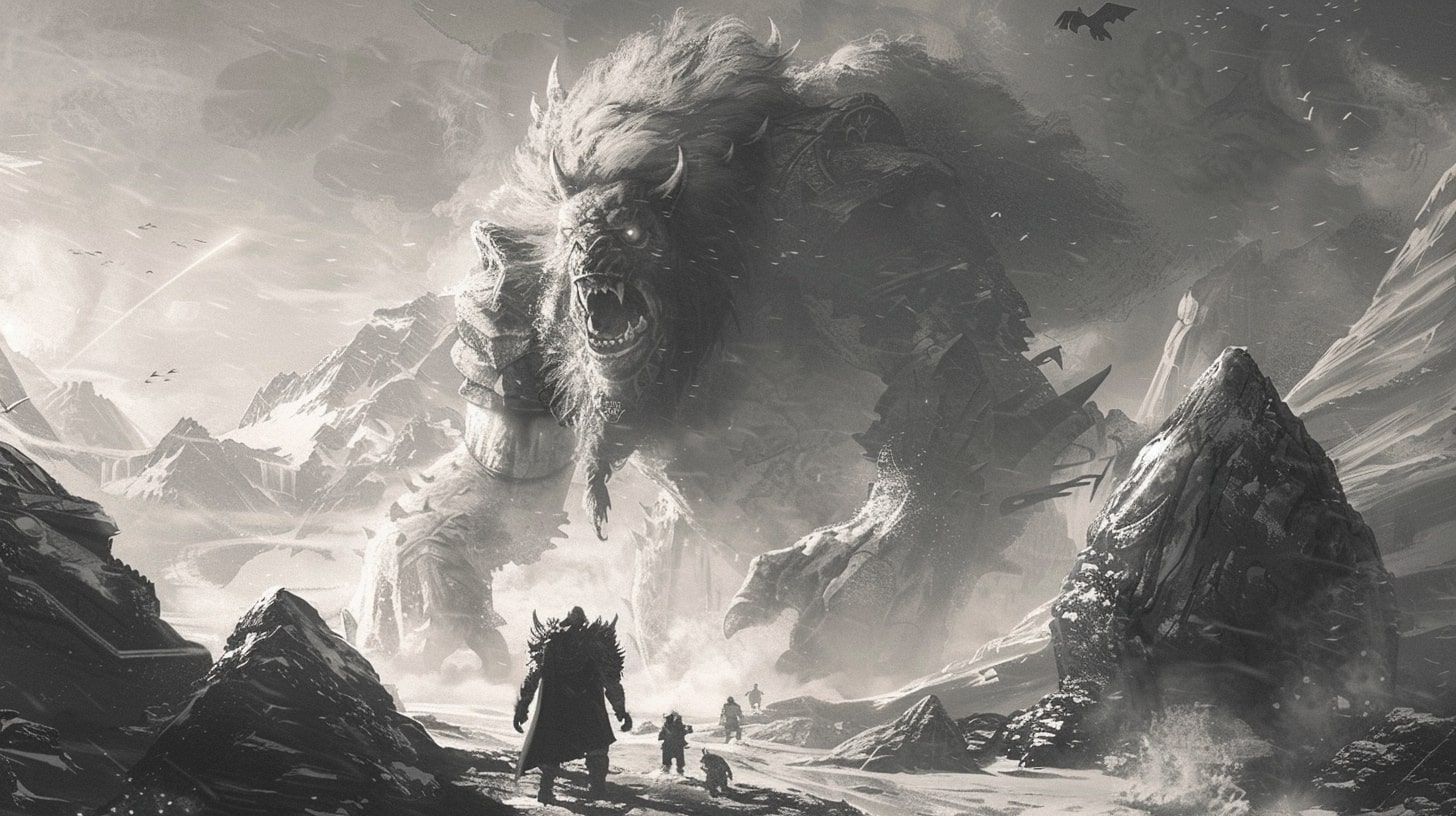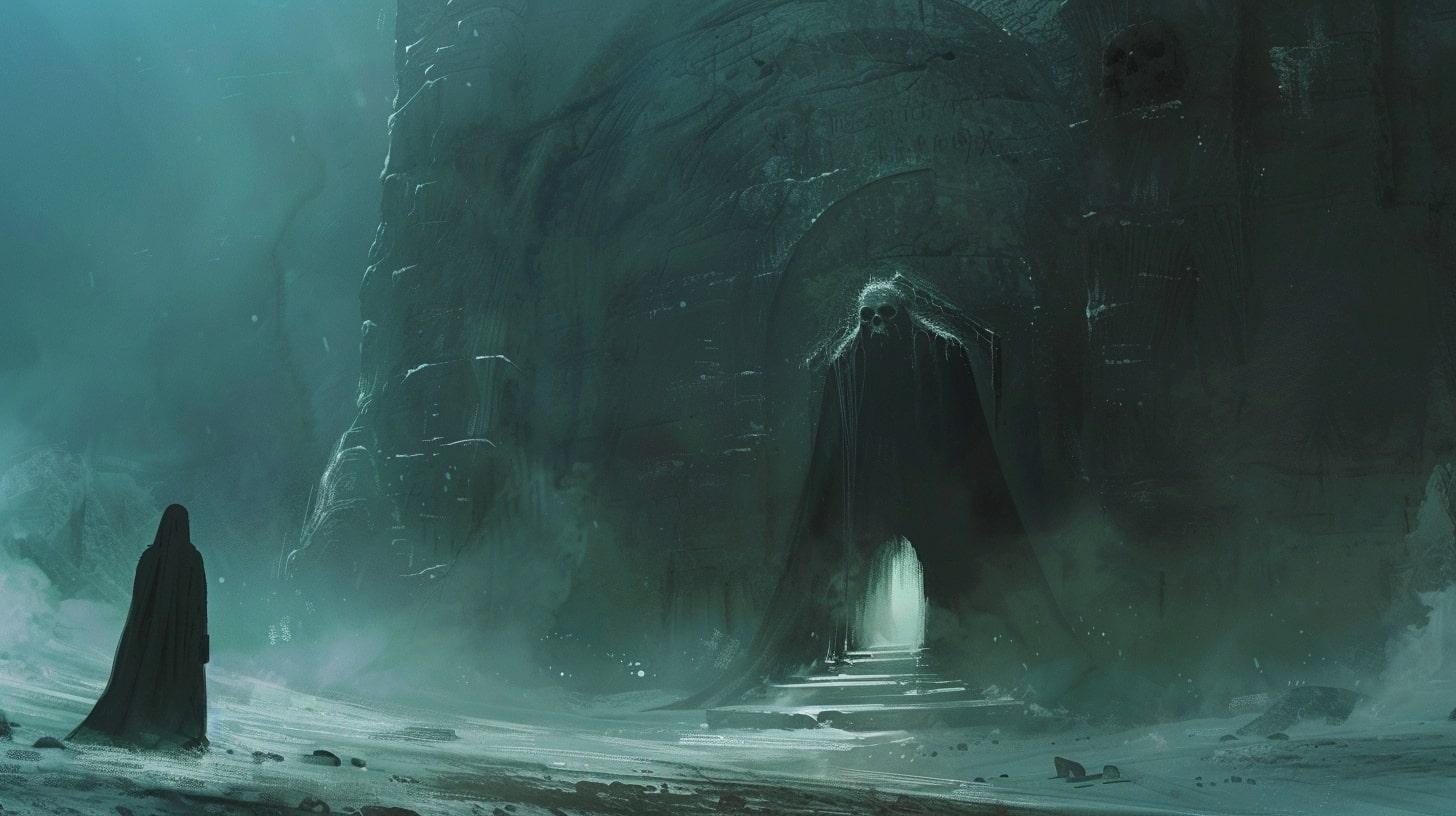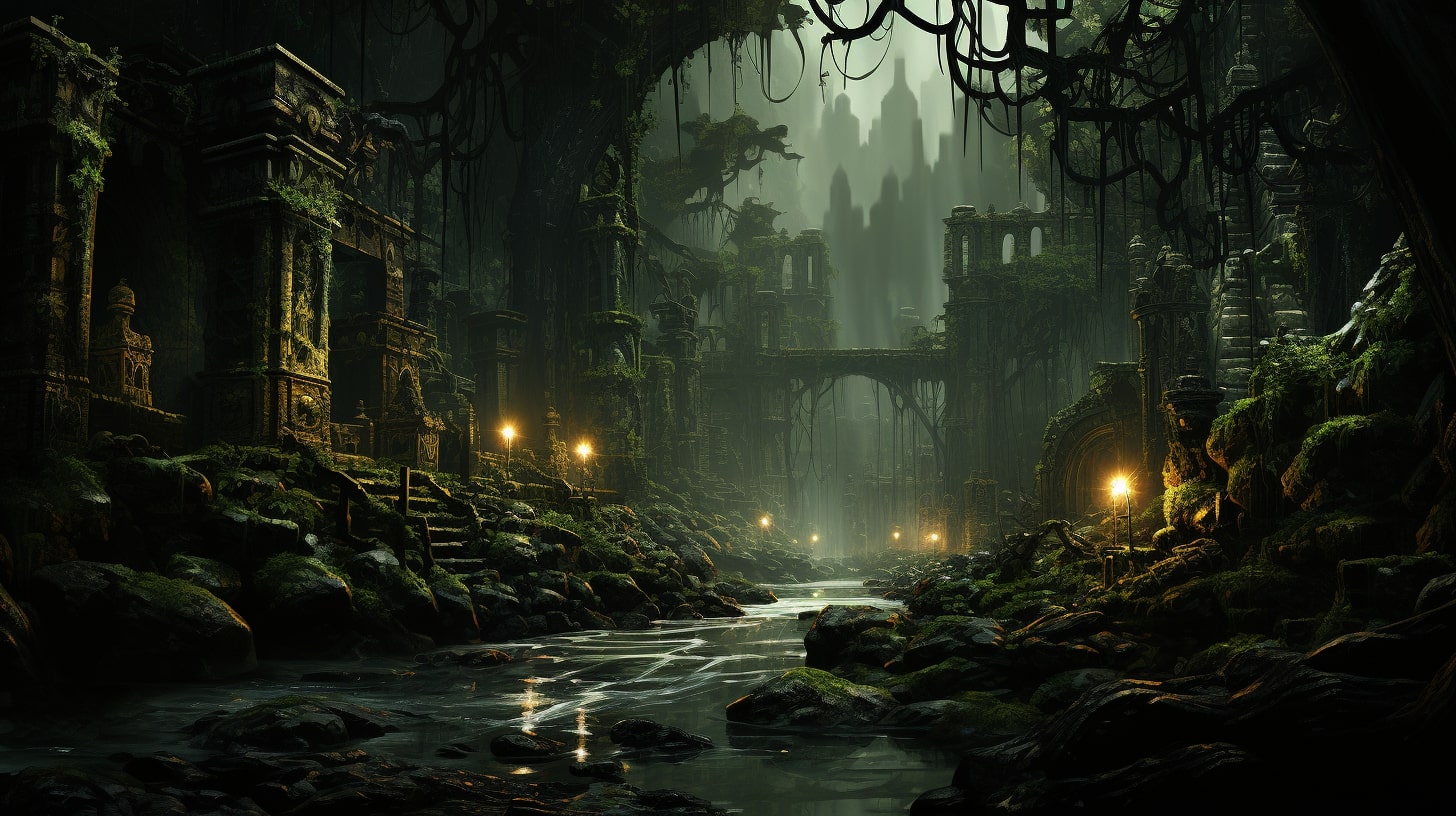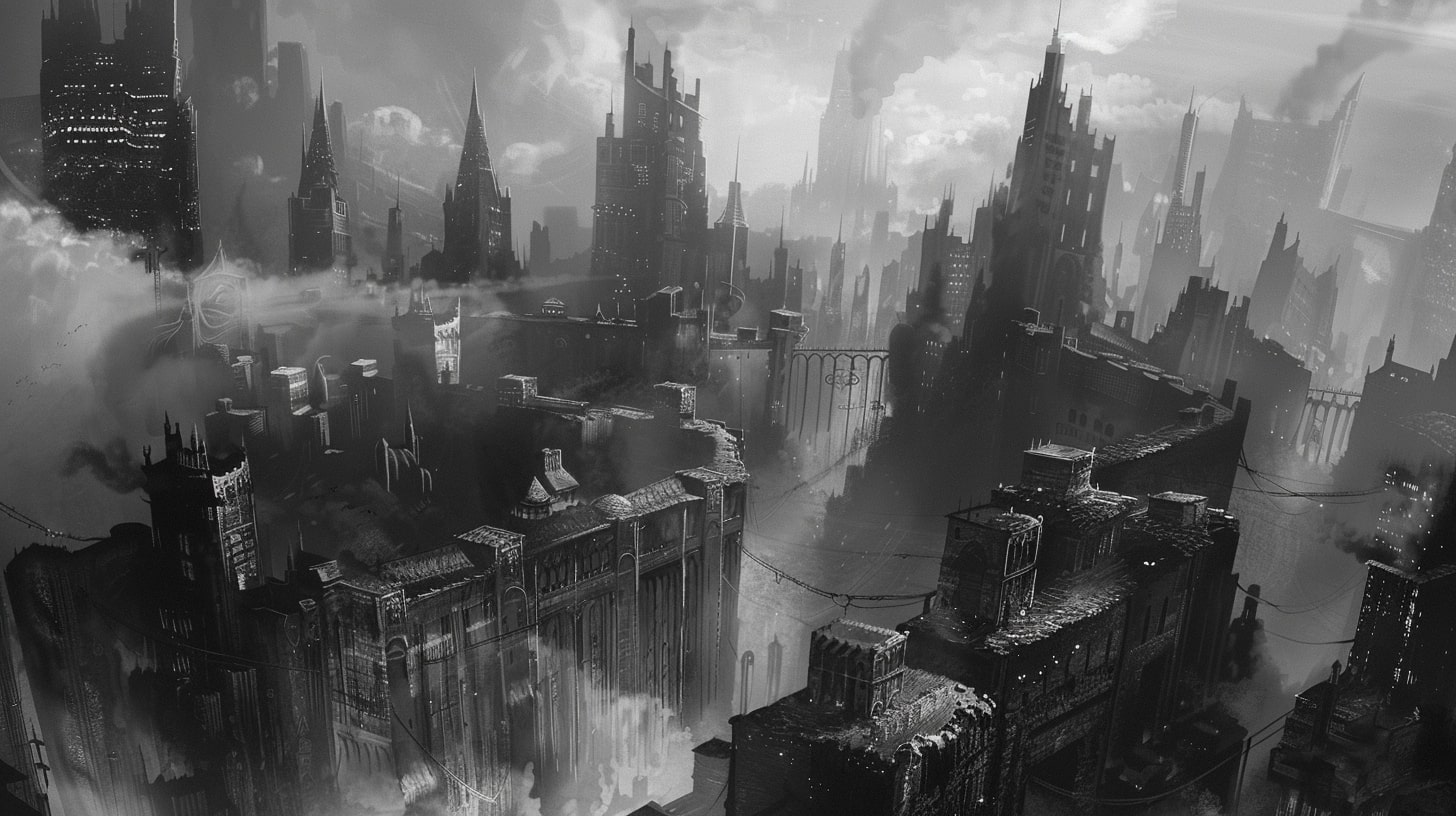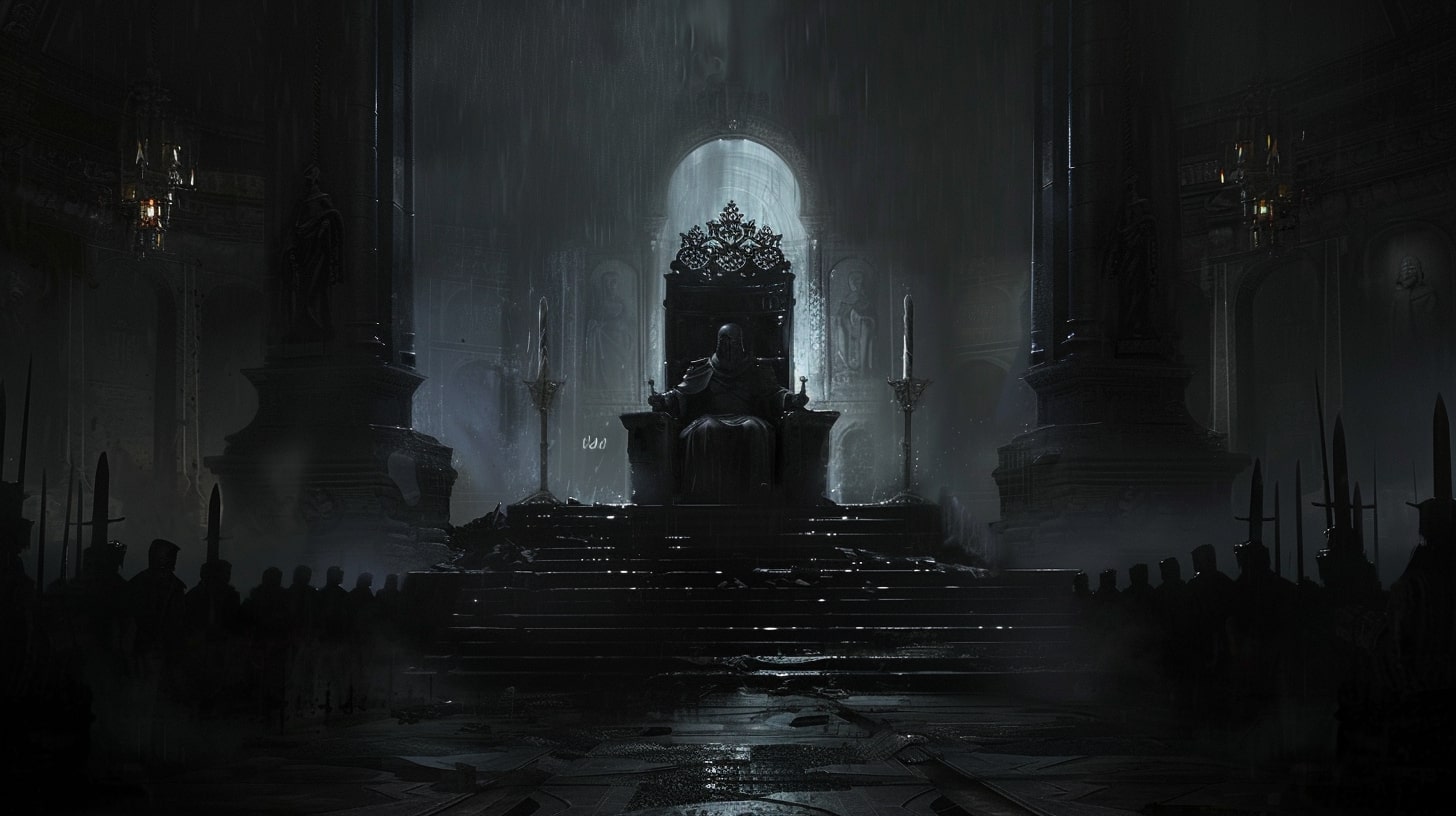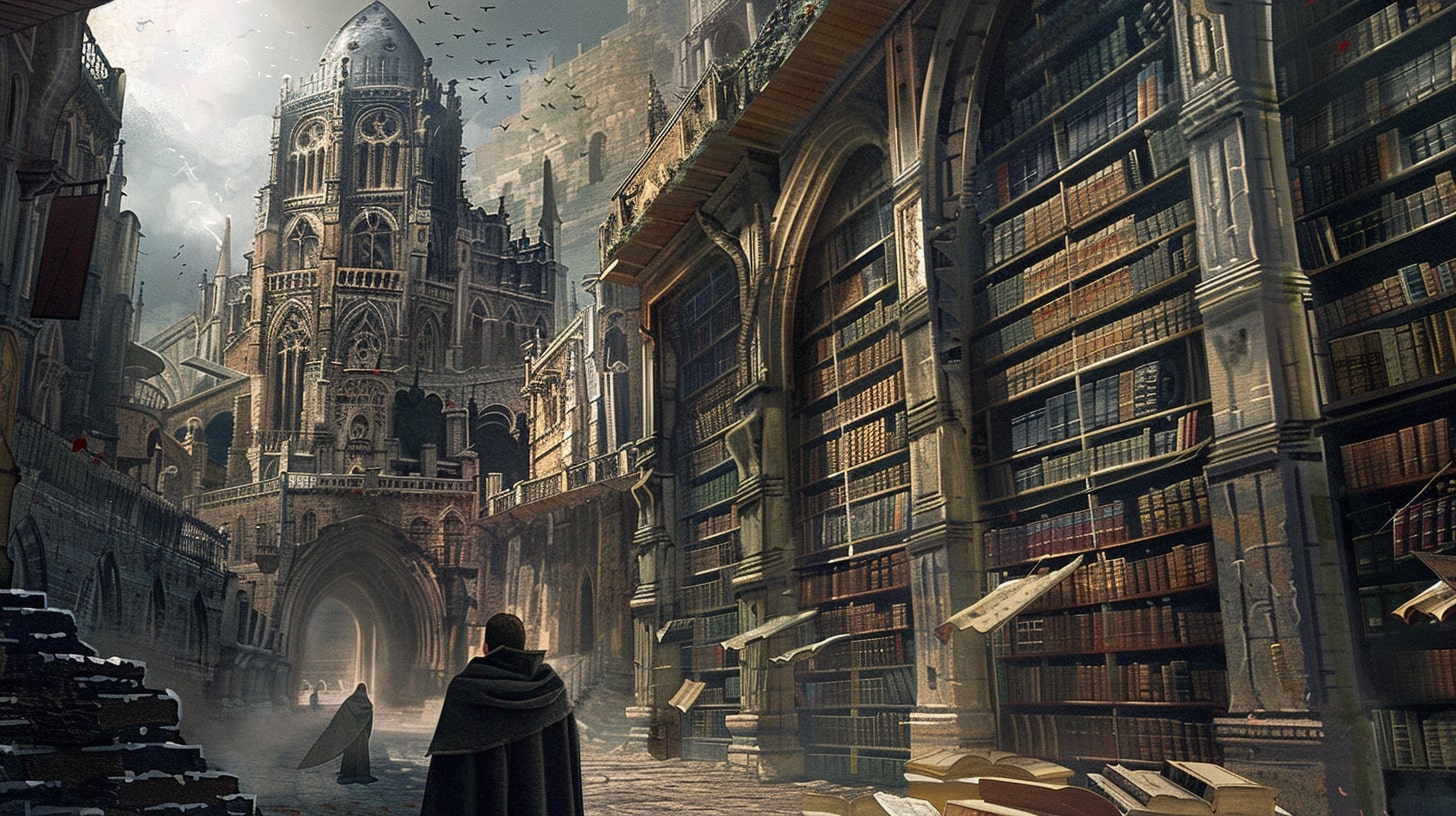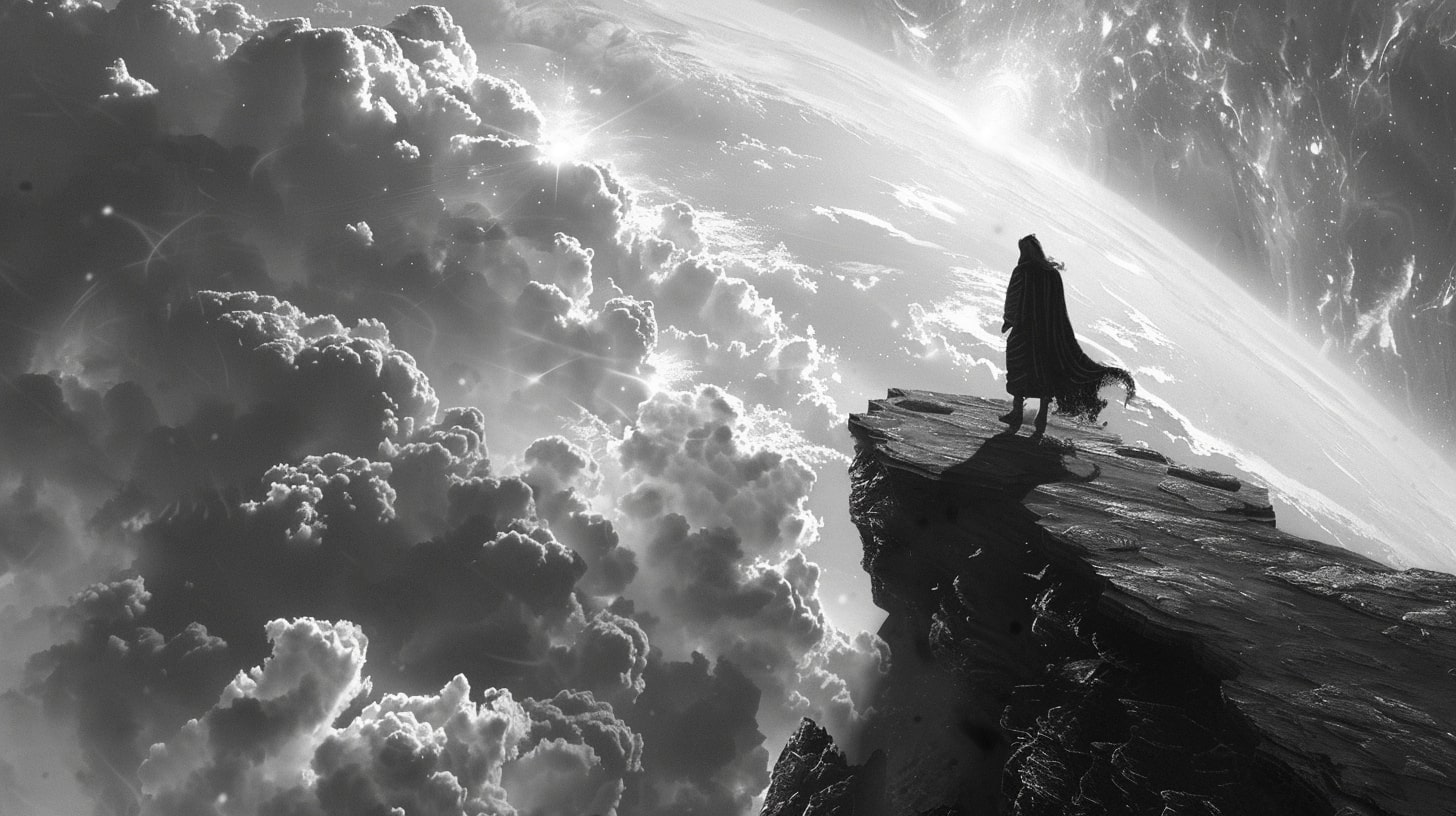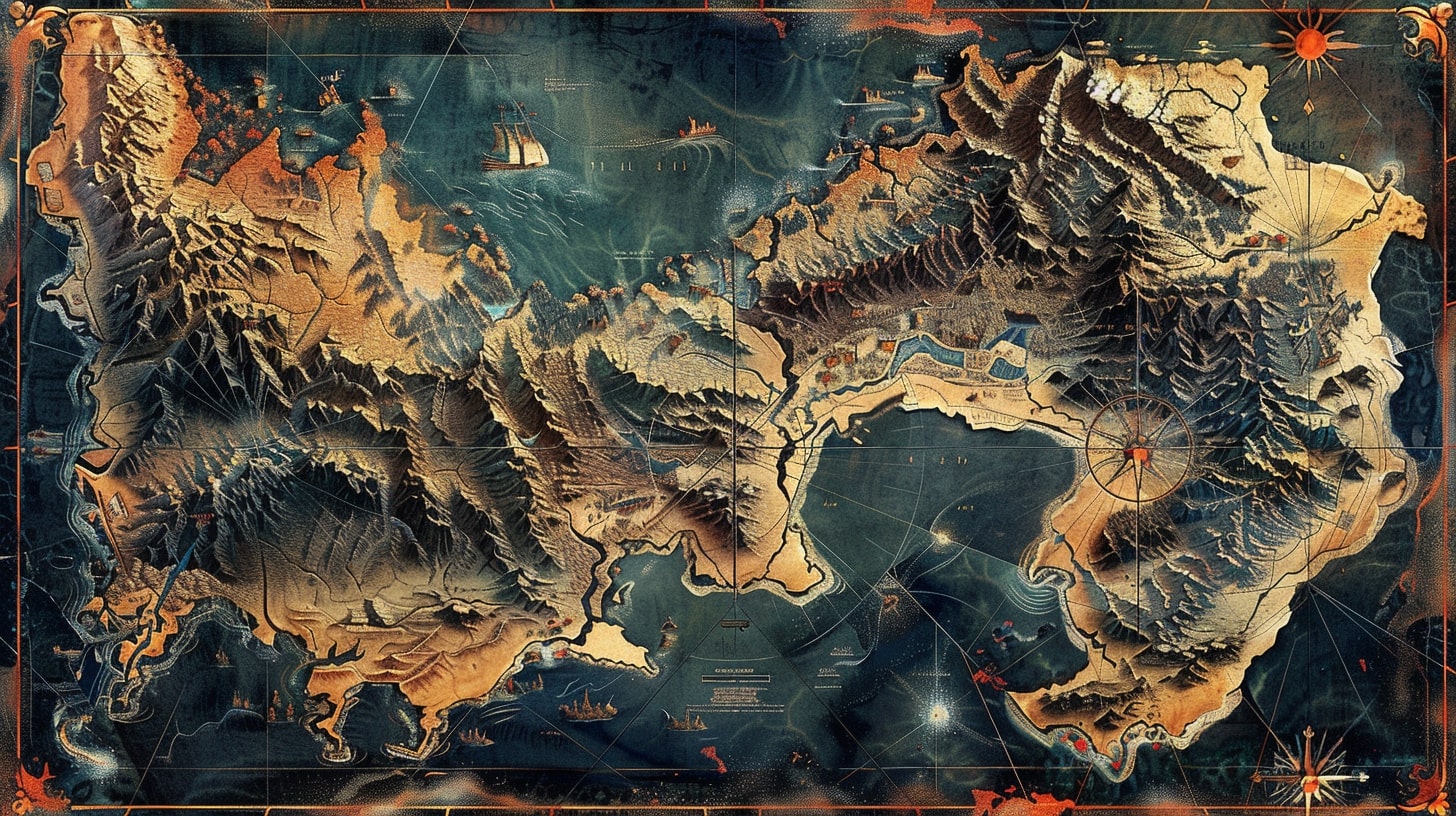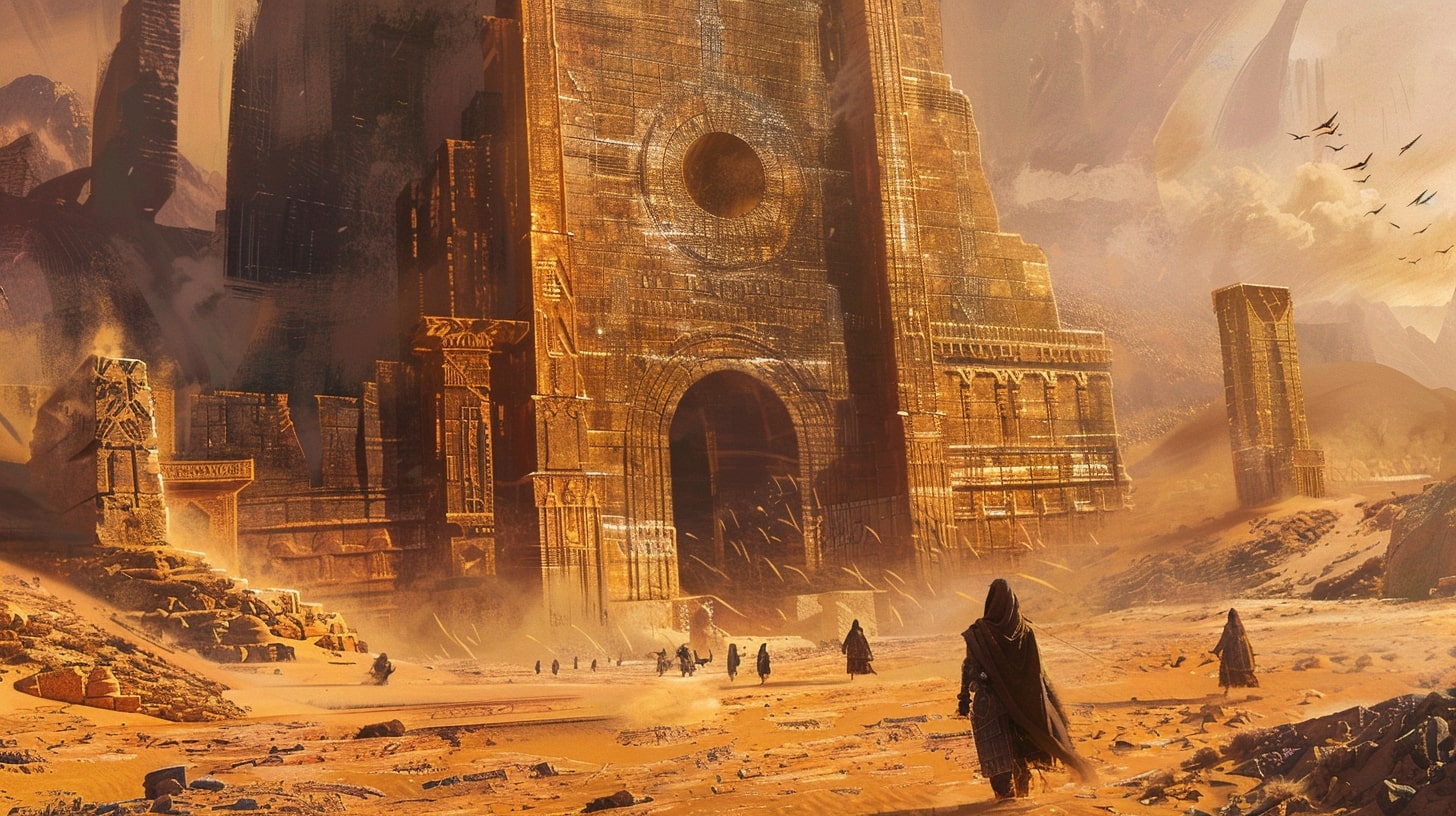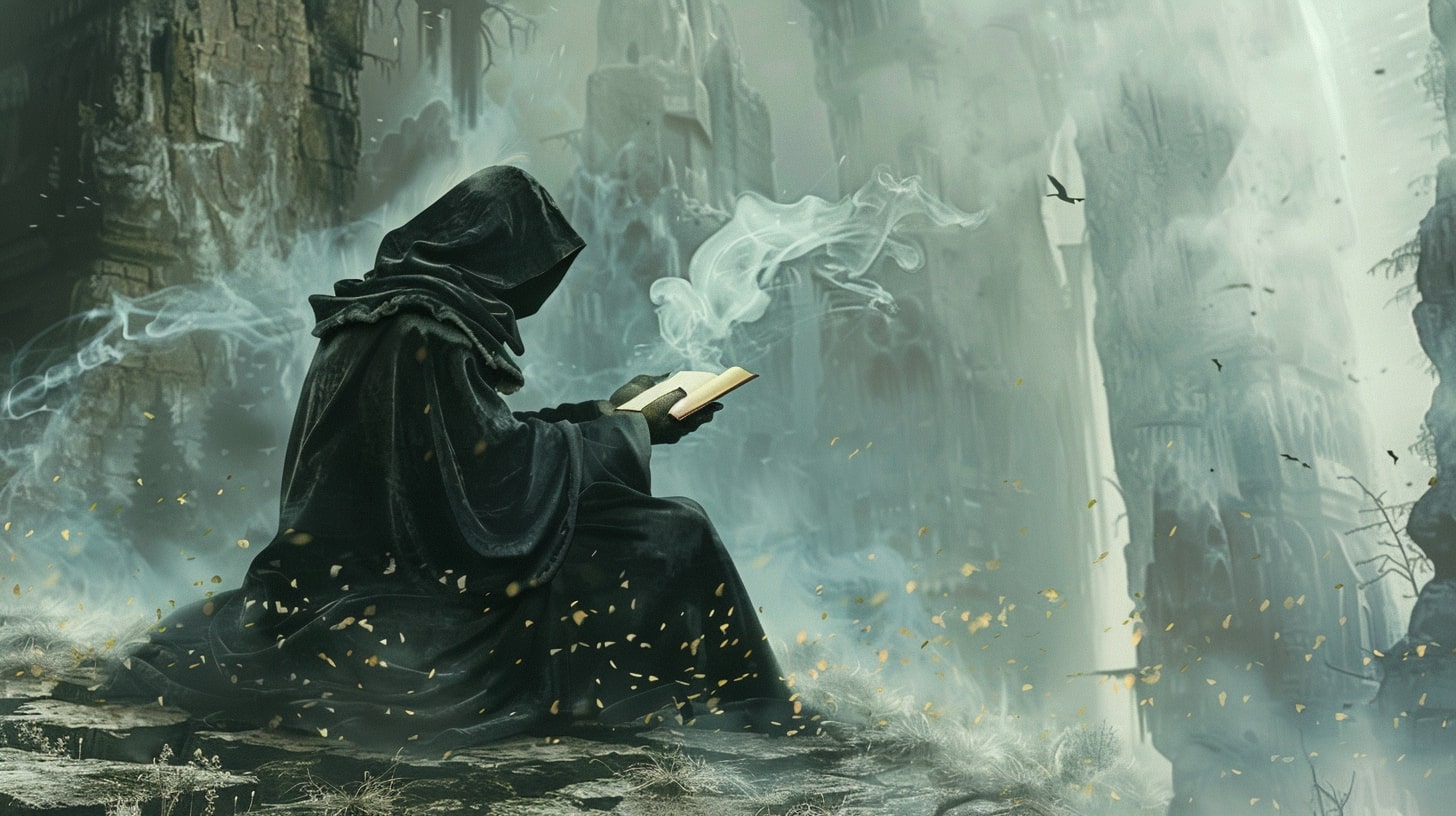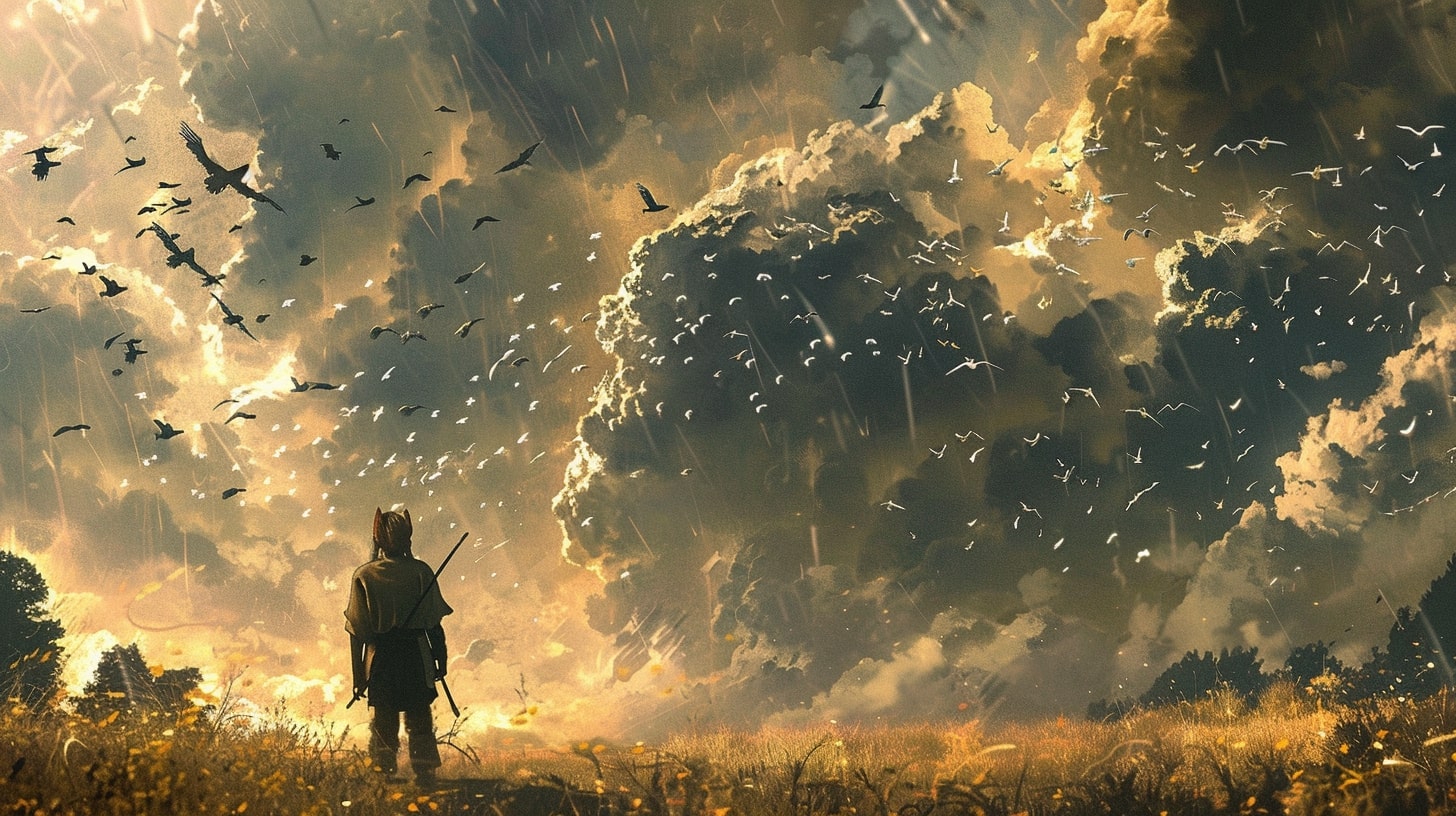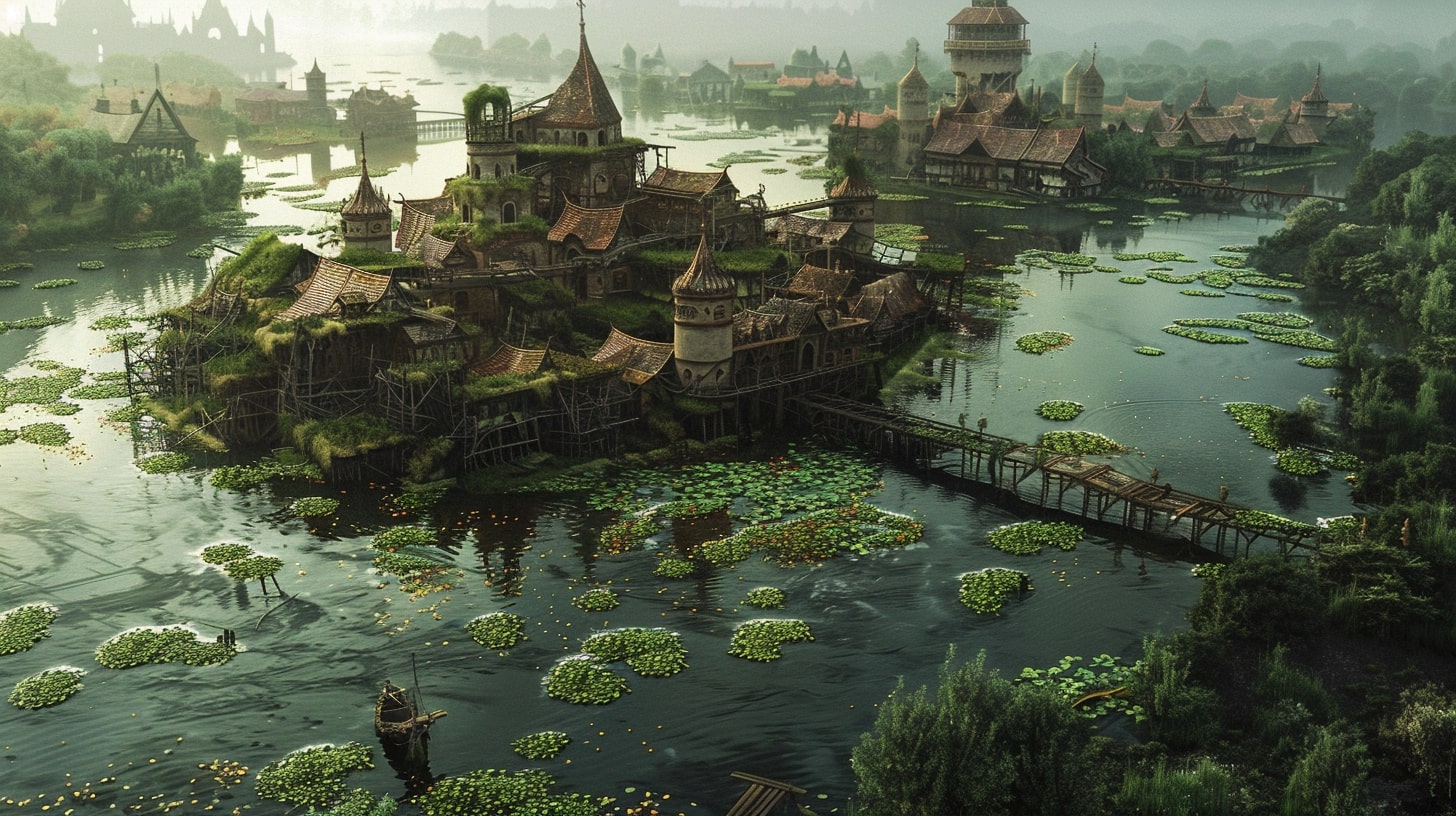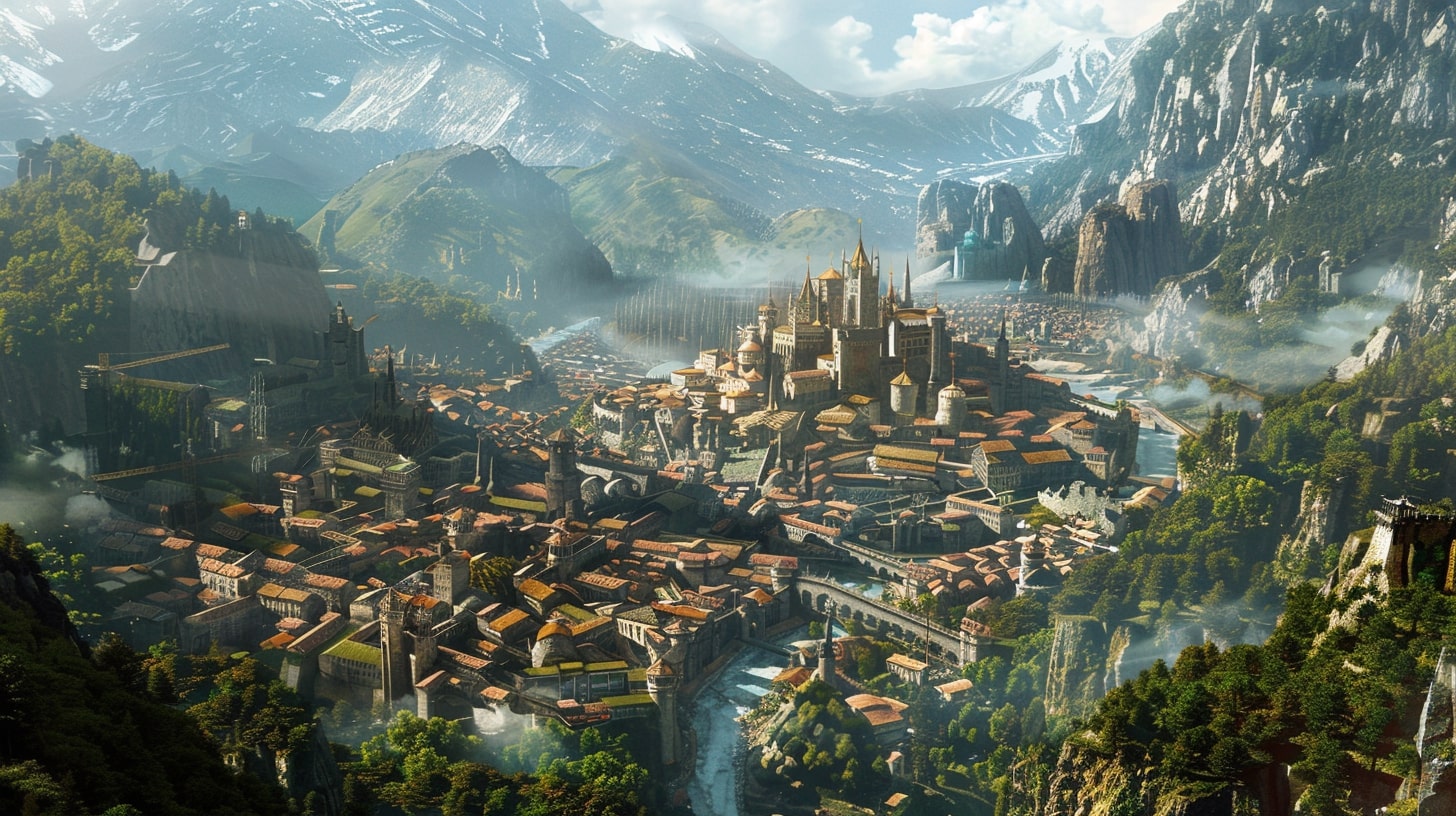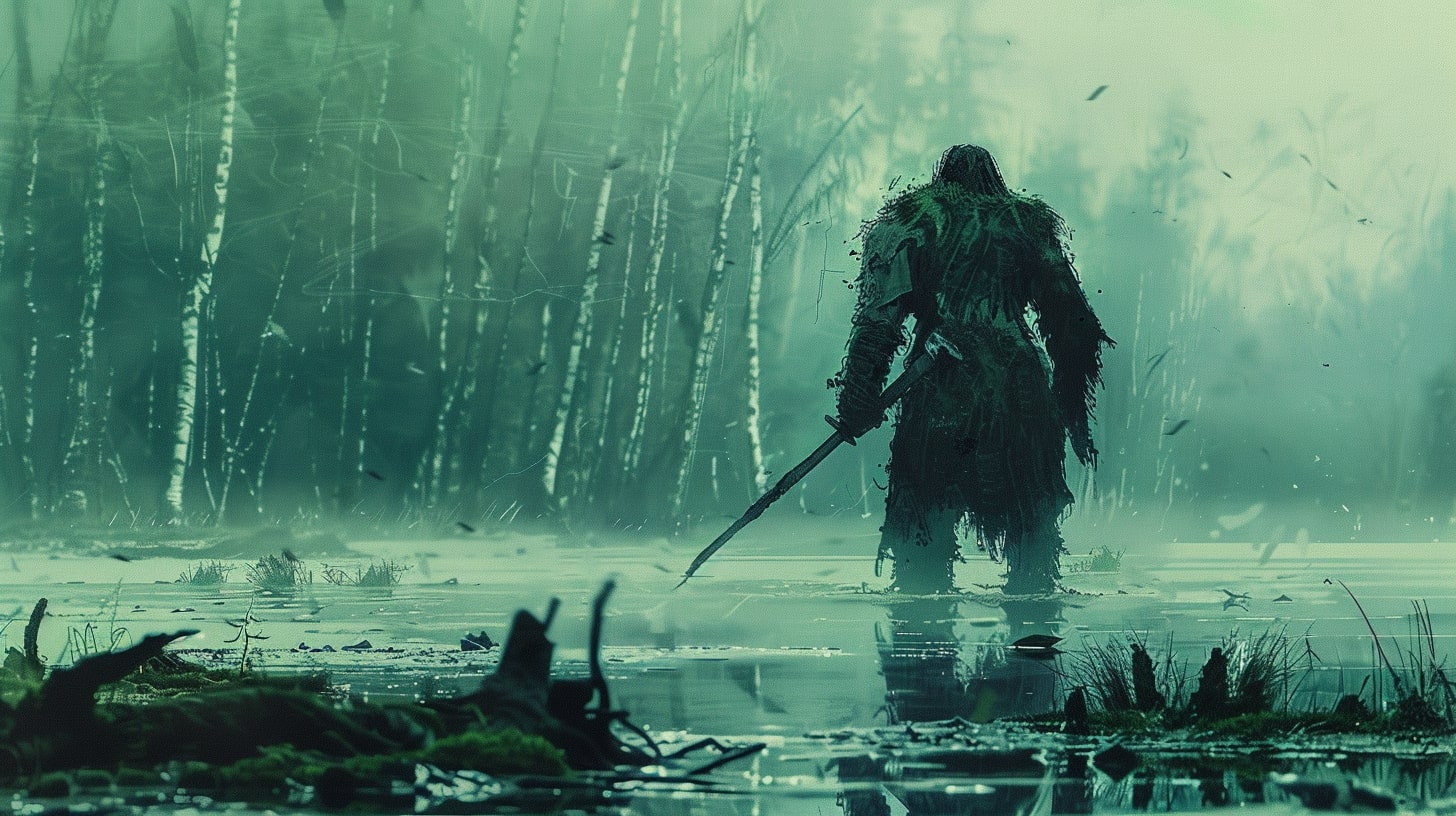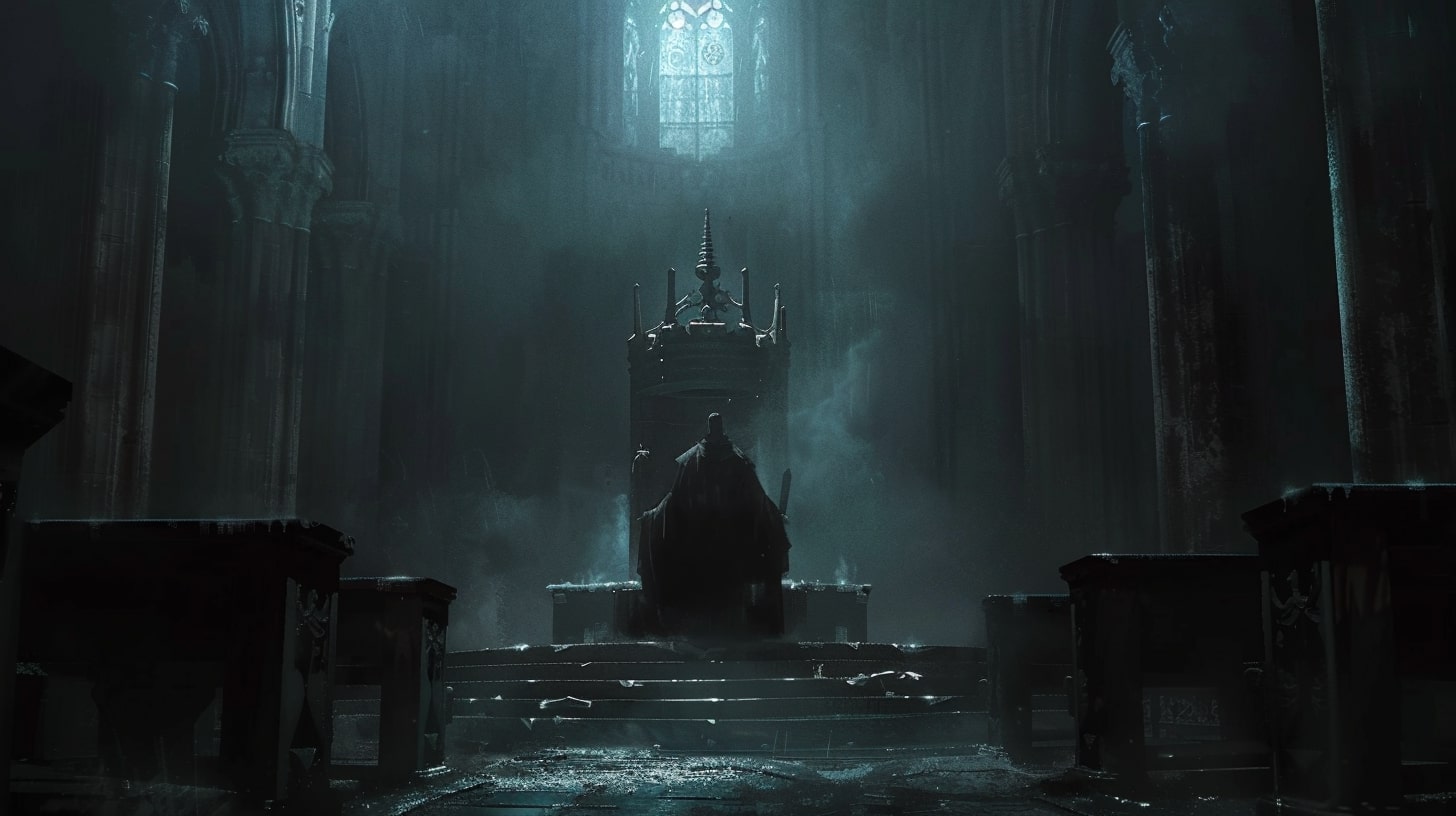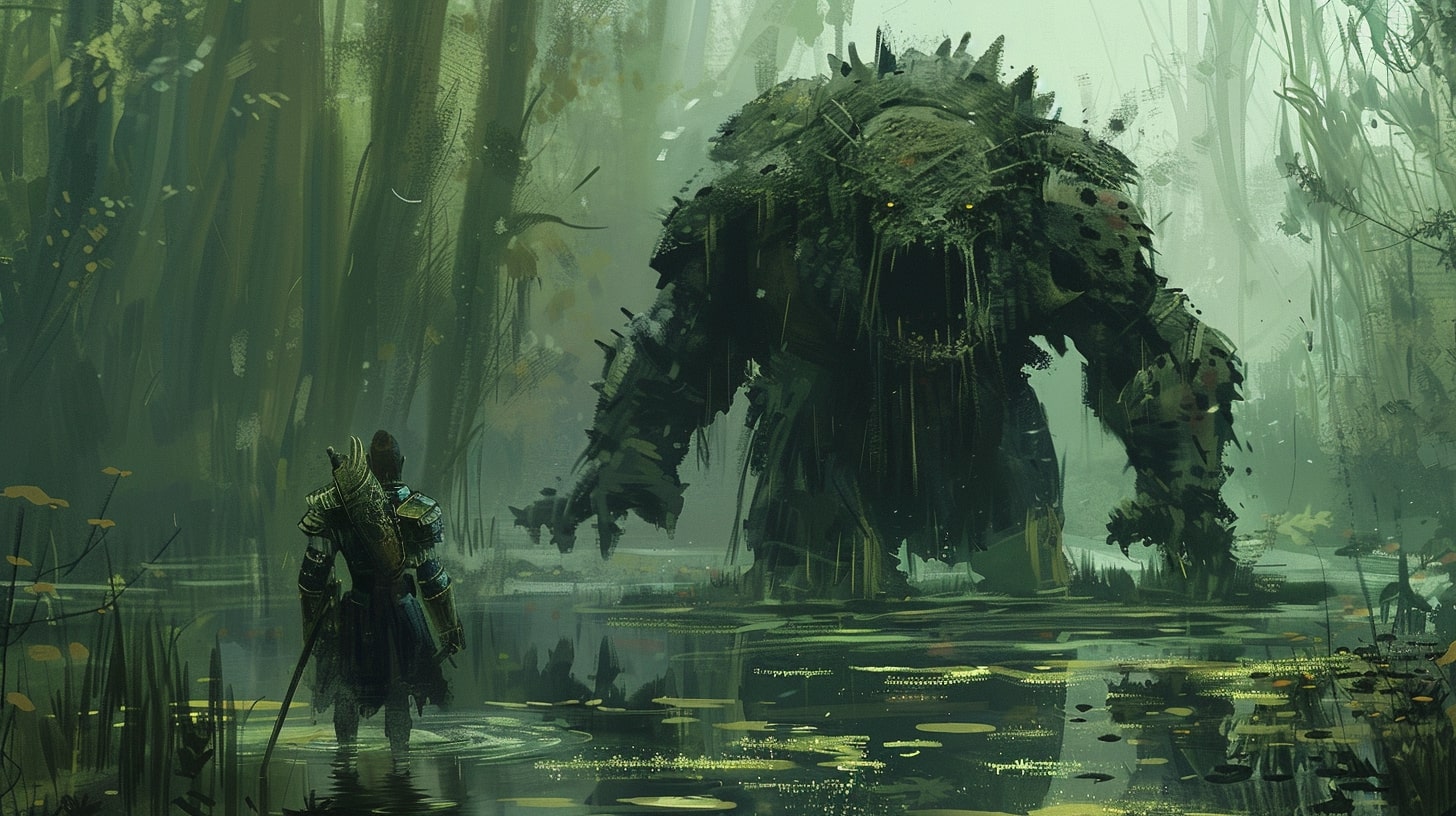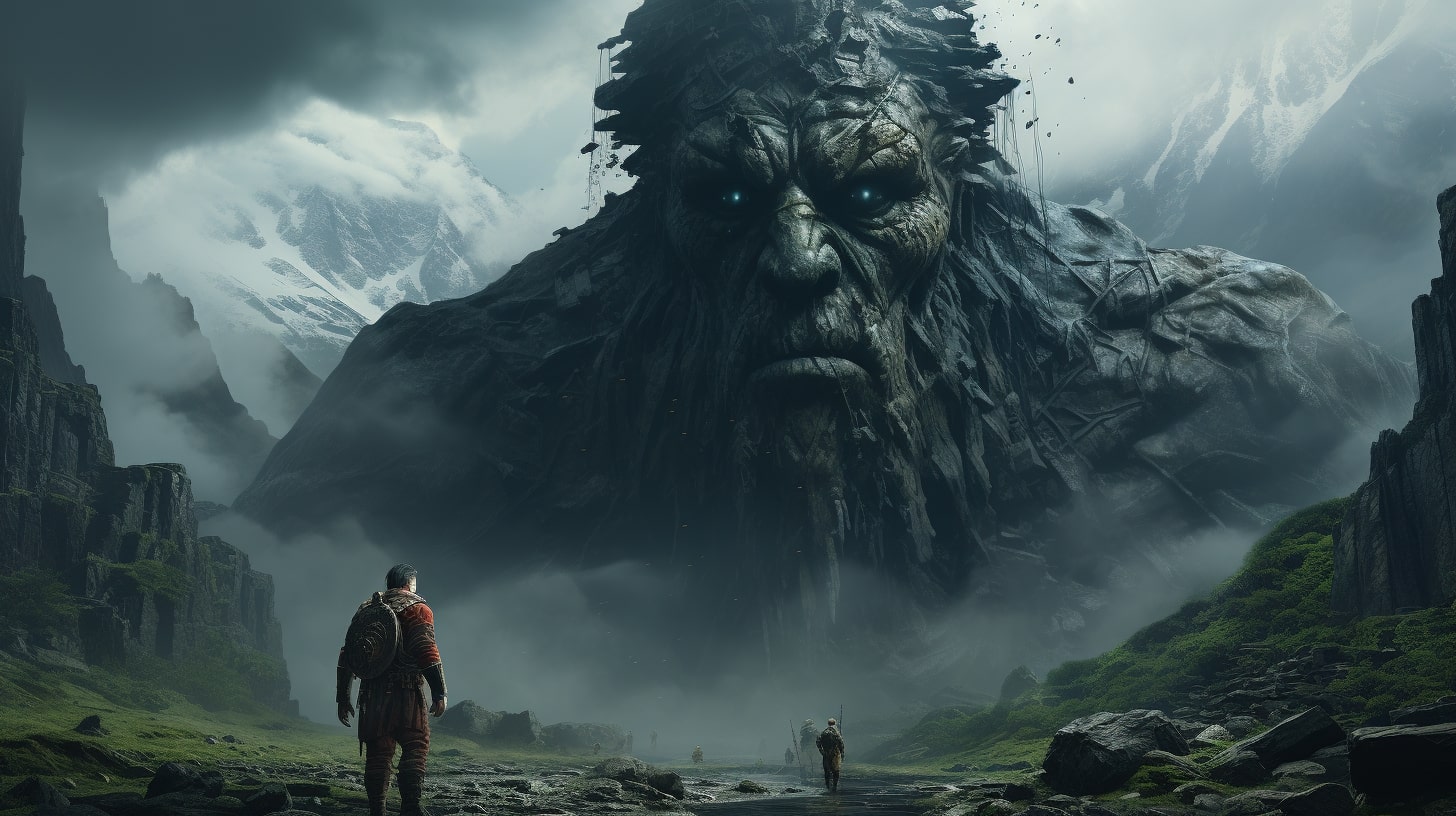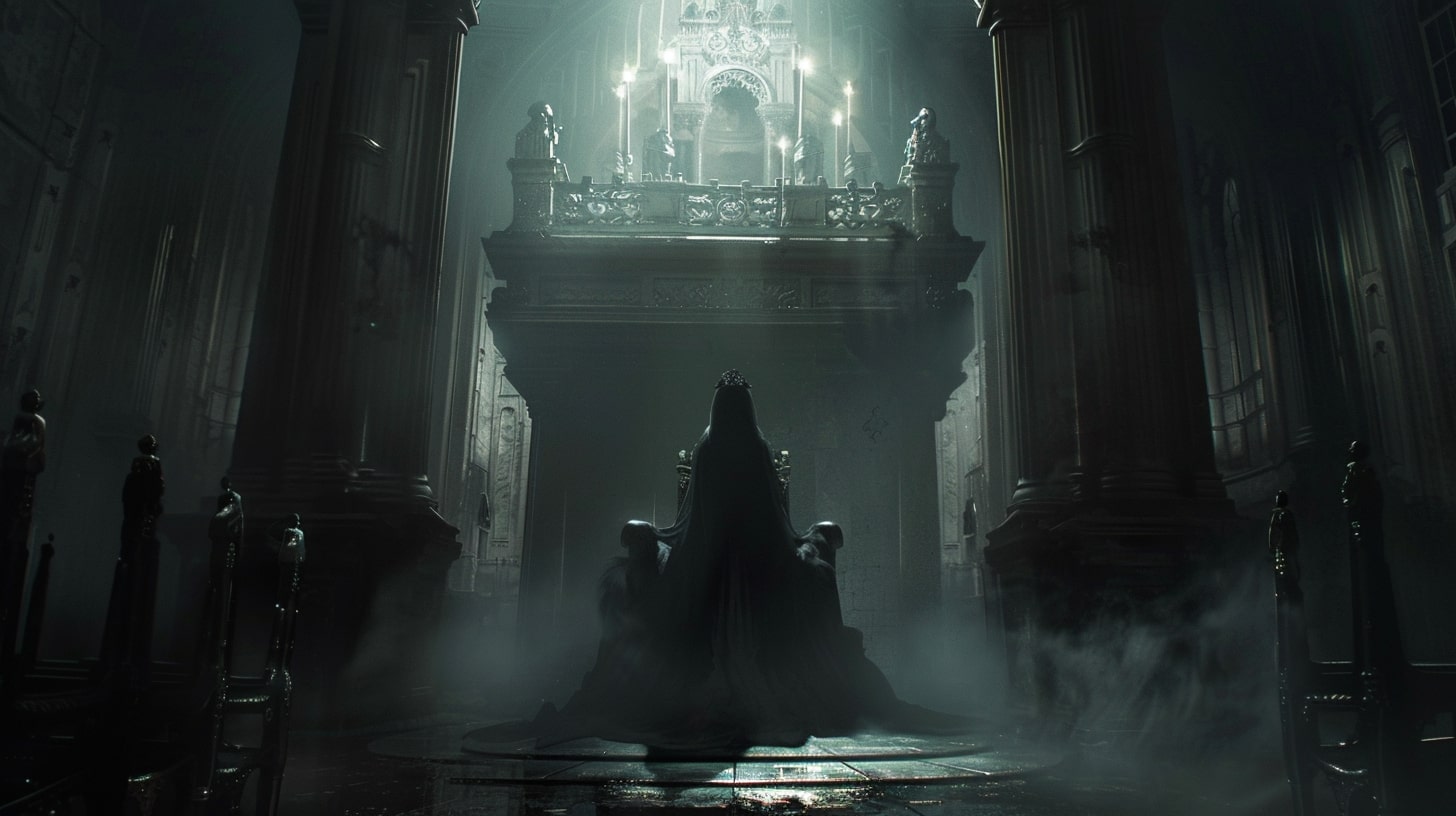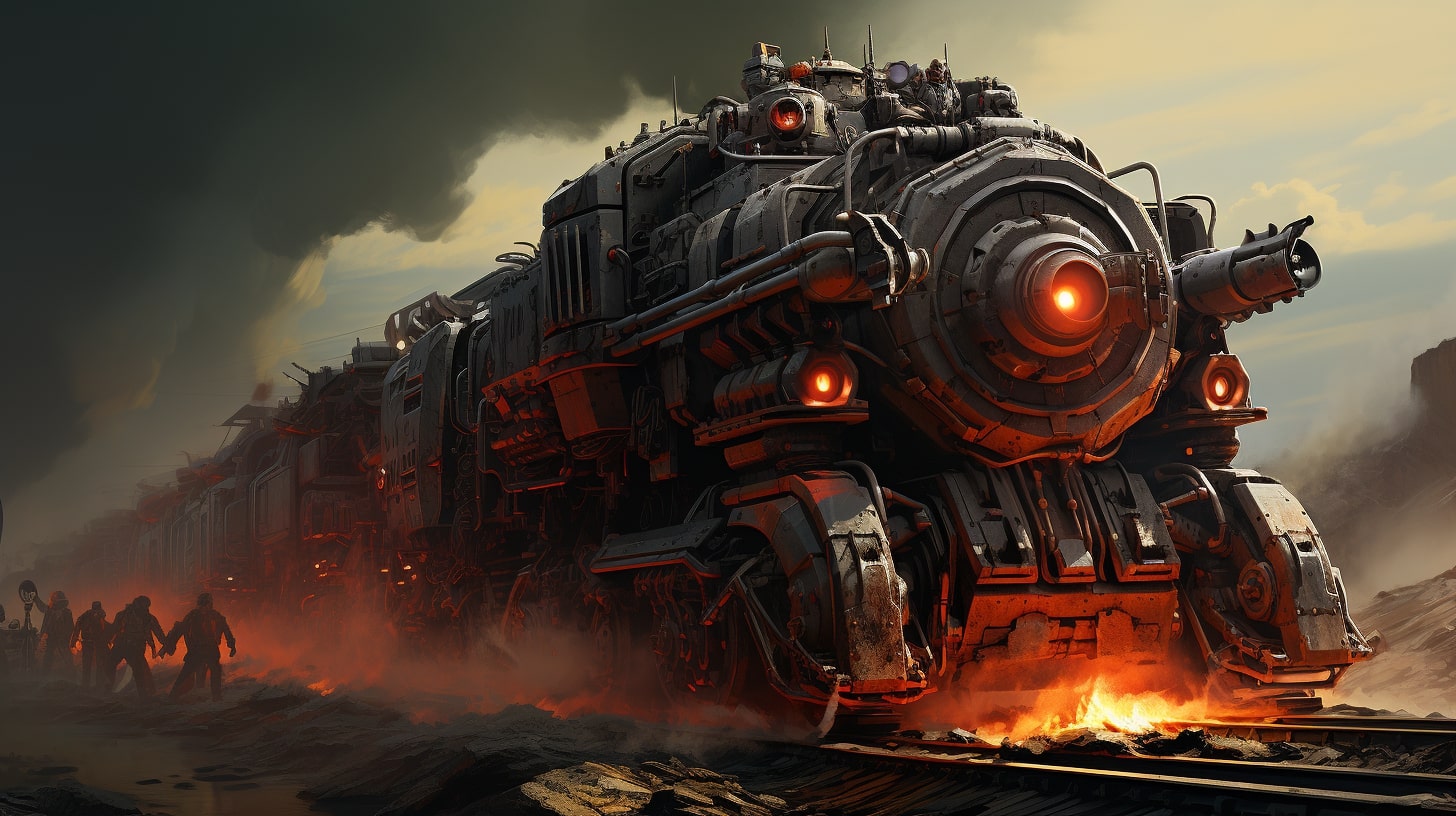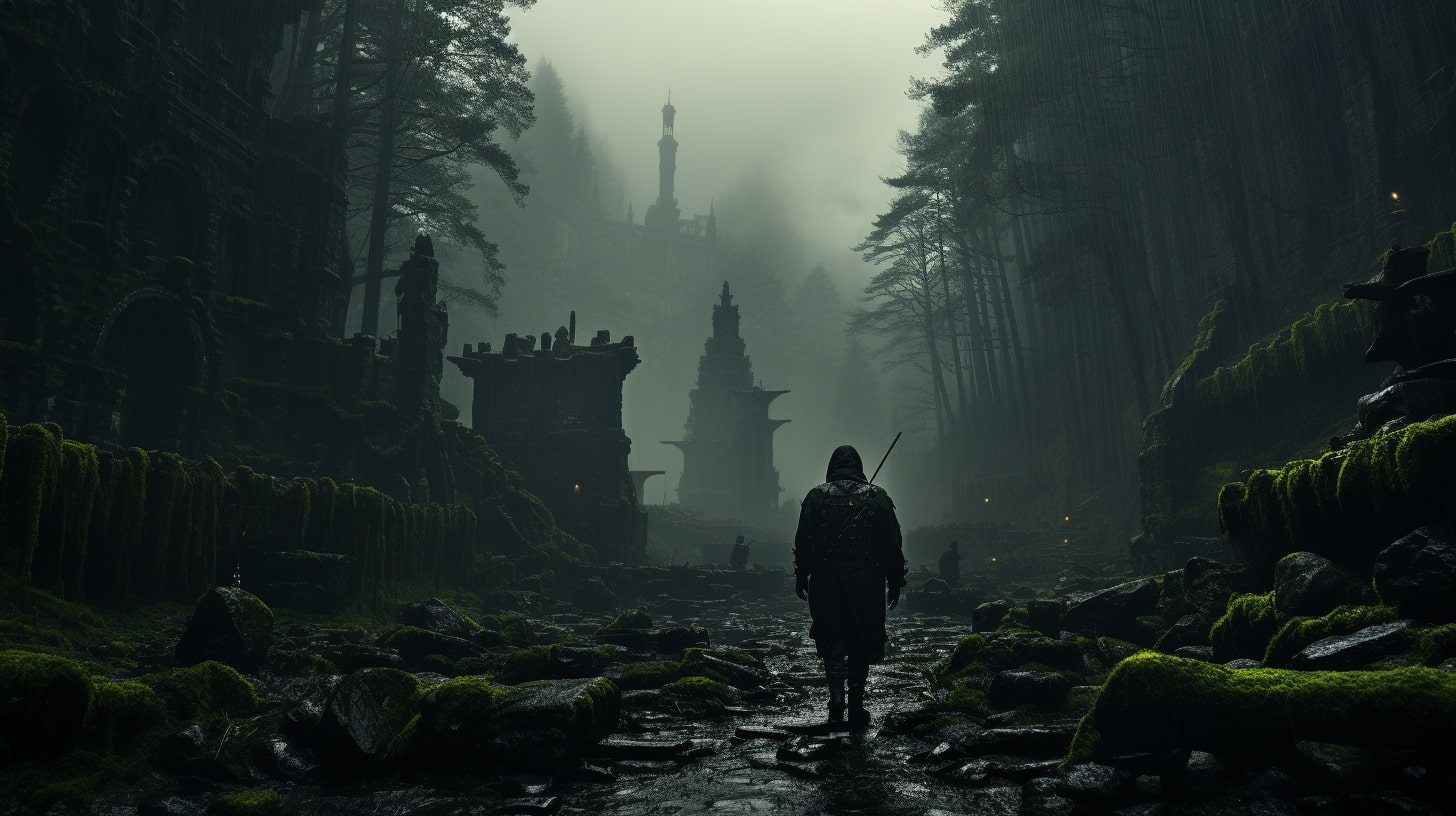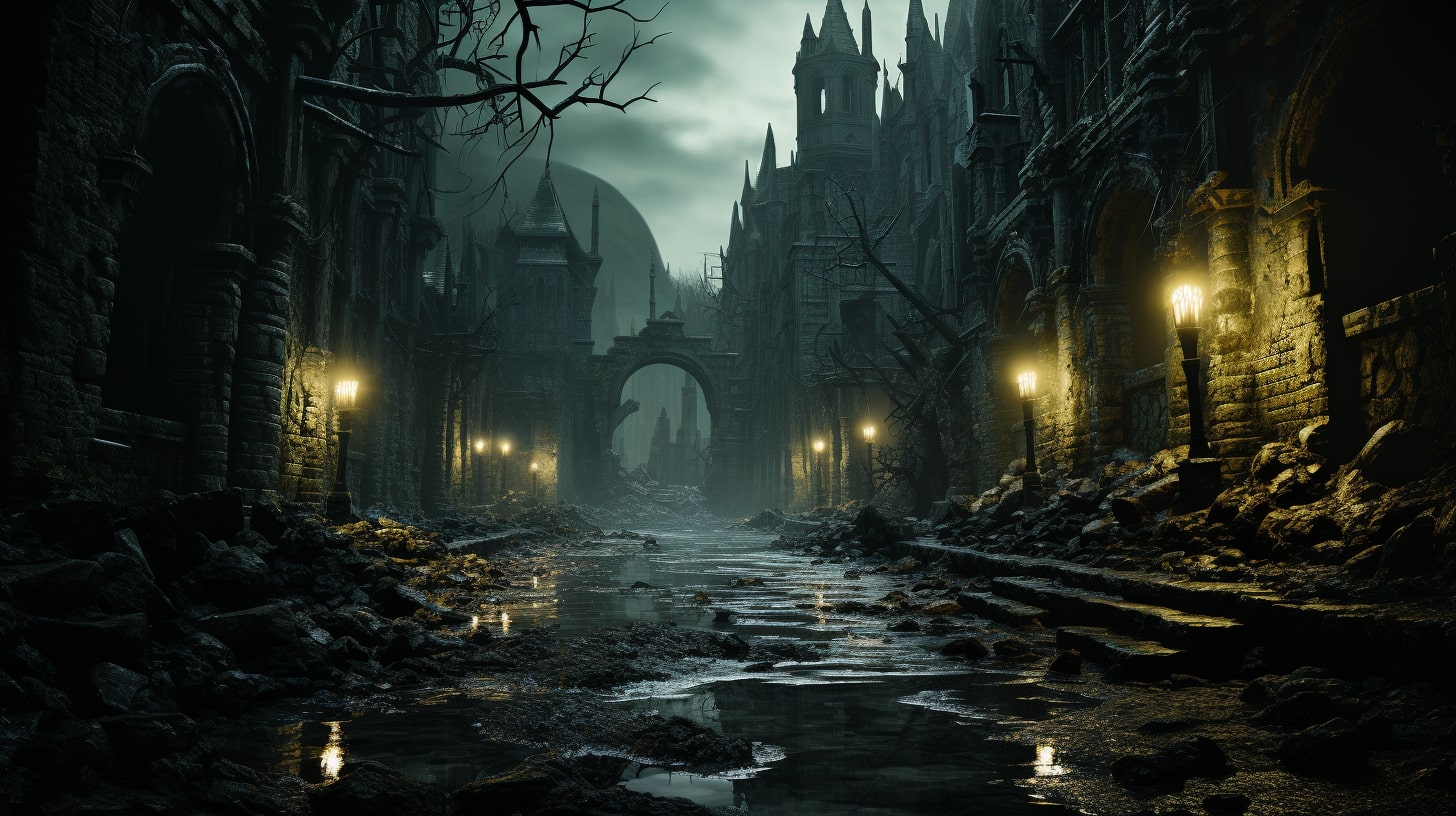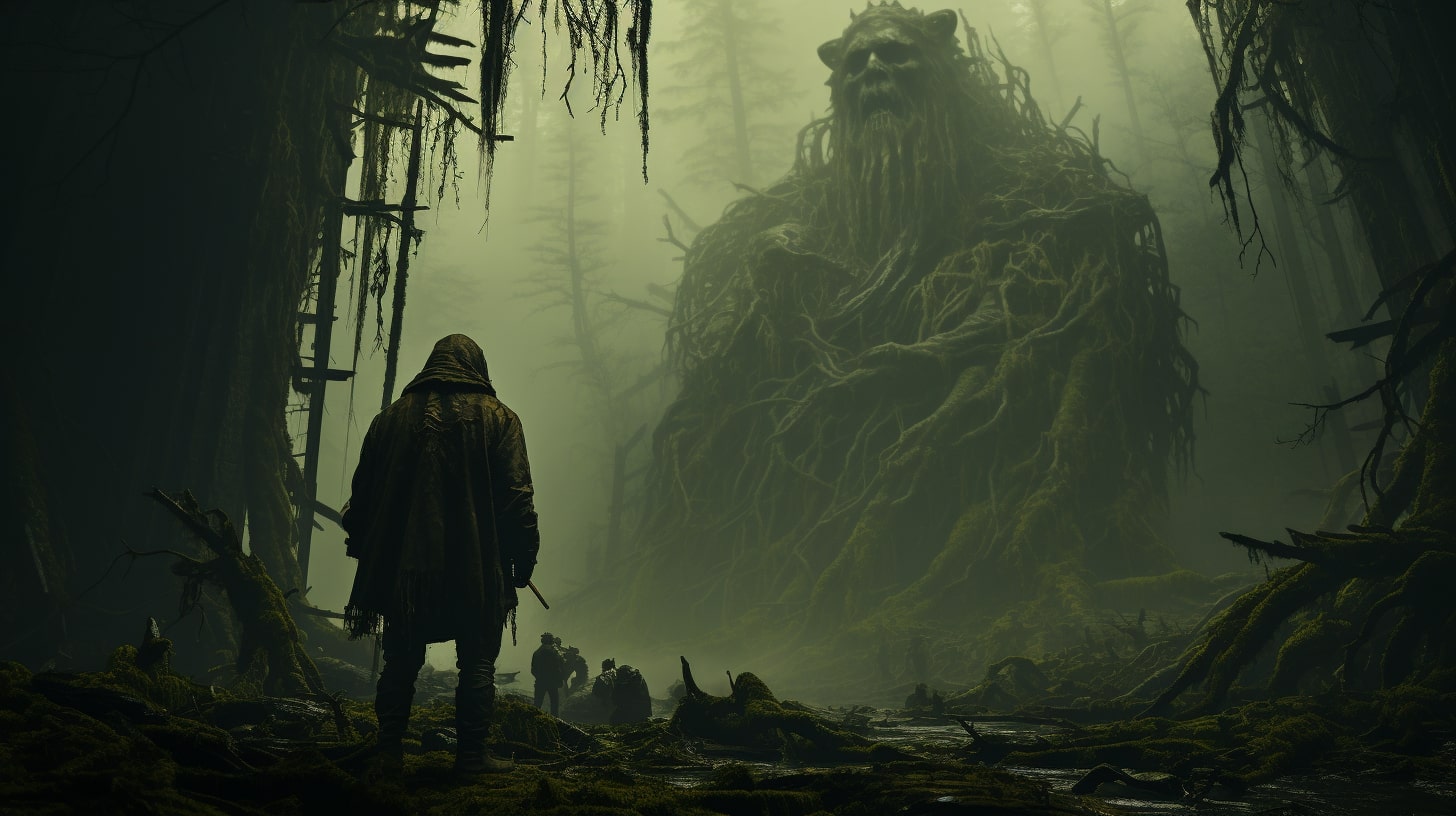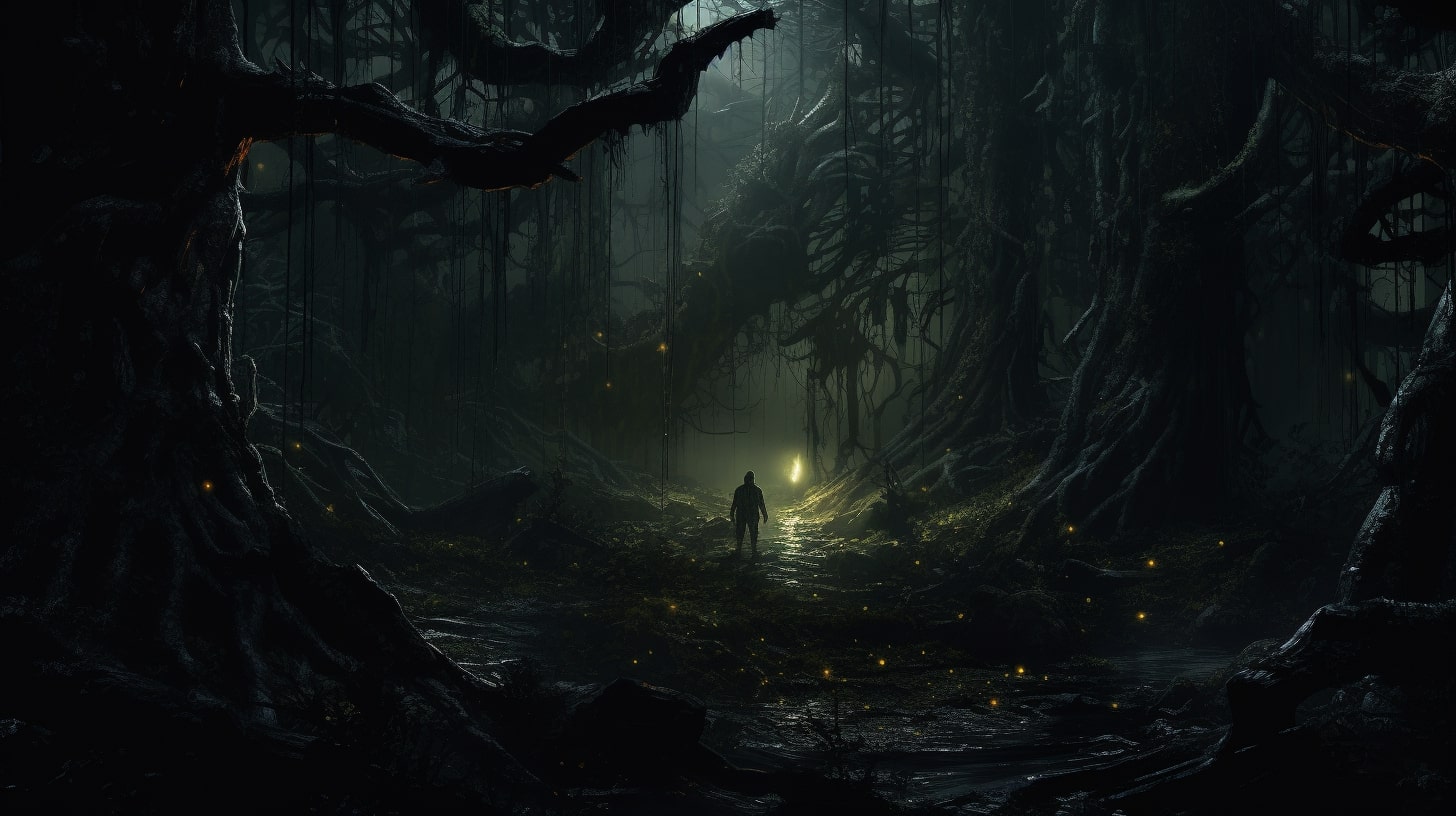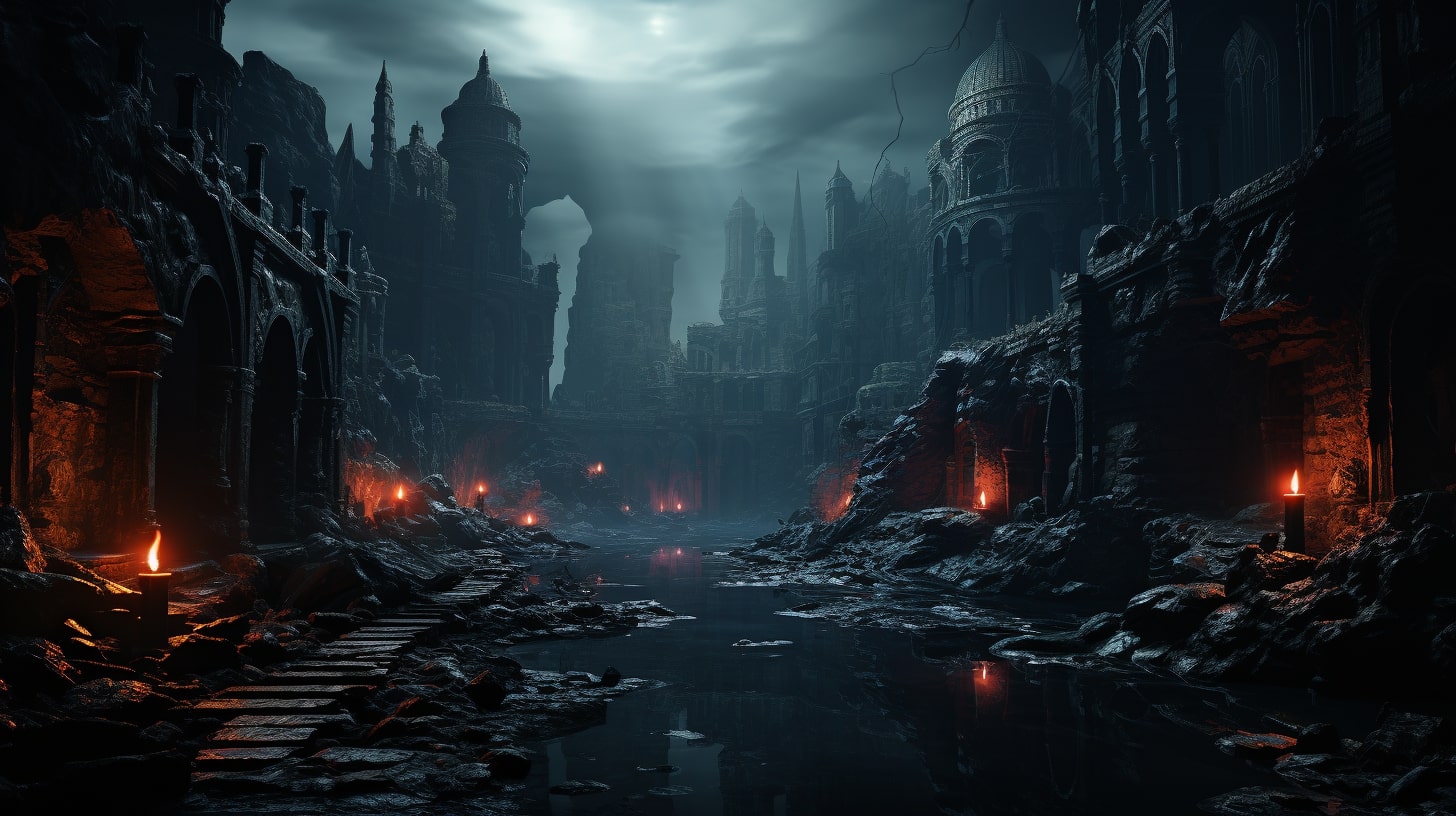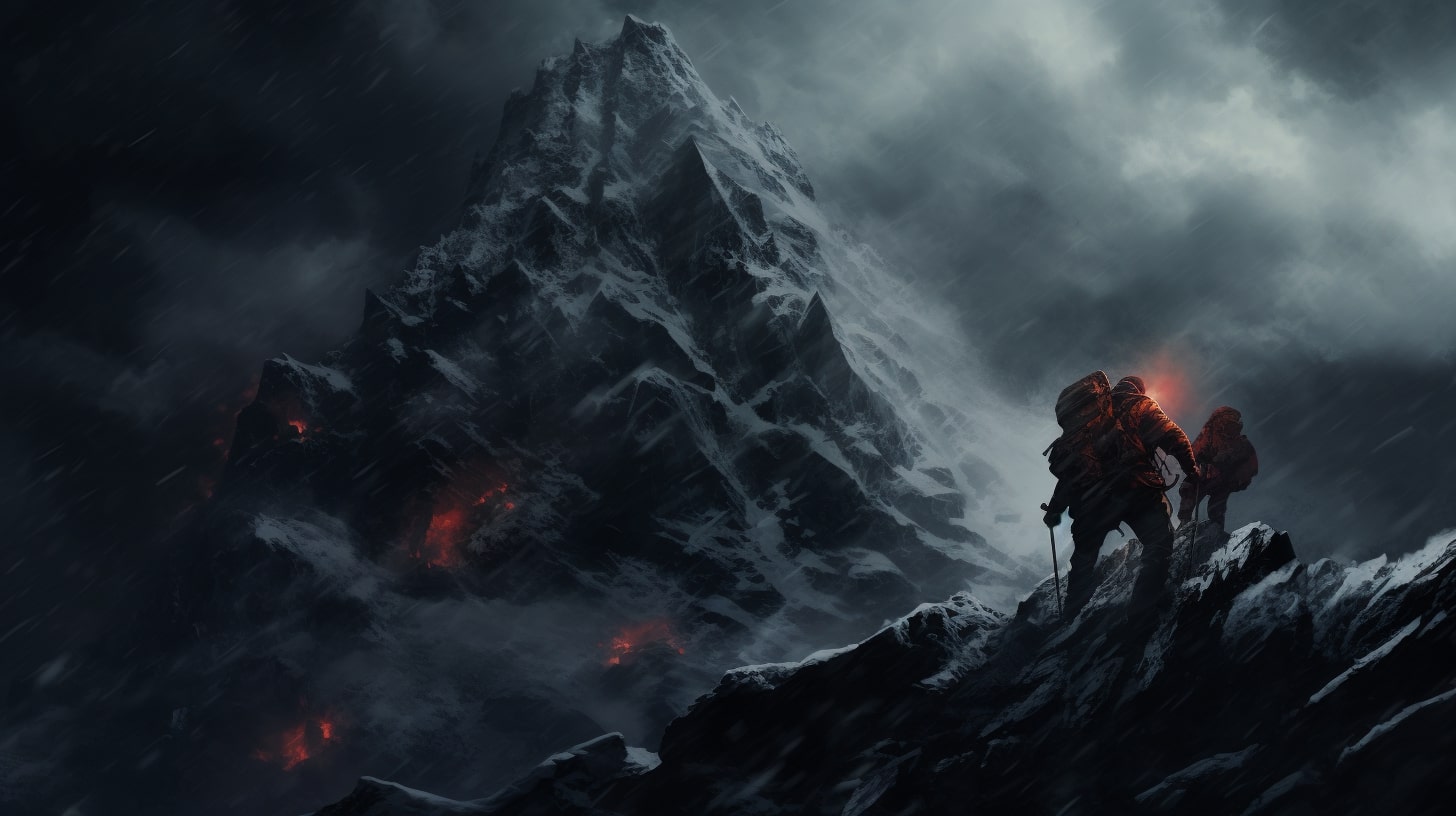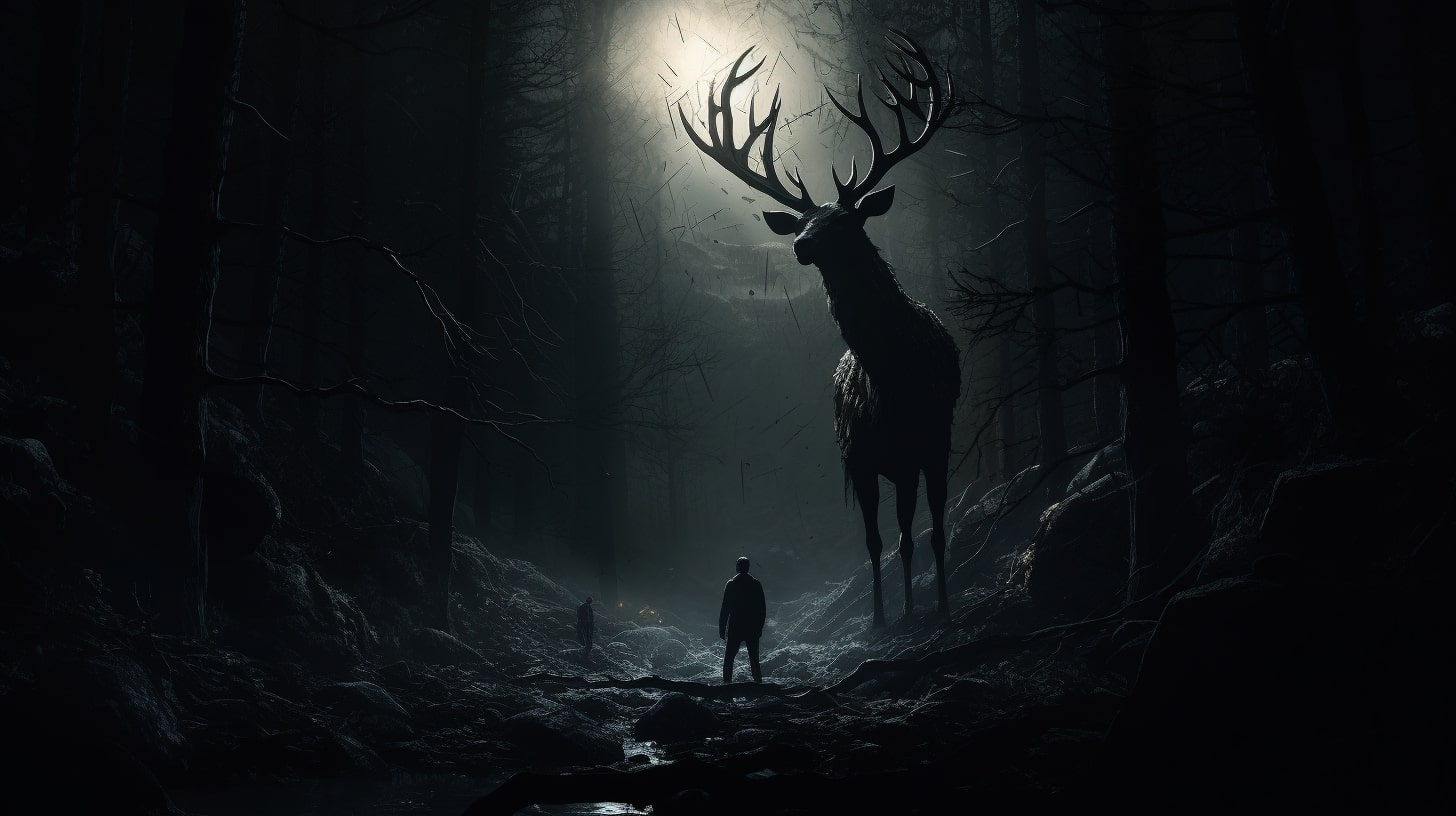Let me tell you about the worst worldbuilding advice I ever followed.
I was fifteen, had just devoured The Lord of the Rings for the third time, and decided I was going to create my own fantasy epic. Some guru on an early internet forum told me I needed to start with a map. Then create the languages. Then write a complete history going back ten thousand years. Then design the magic system. Then figure out the politics, economics, religions, and genealogies of every major family.
Six months later, I had a three-ring binder full of notes, seventeen different maps, and exactly zero pages of actual story.
Sound familiar?
Here's the thing nobody tells you about worldbuilding tips for beginners. Most of them are designed to make you feel like a failure. They assume you need to be Tolkien (who spent decades on Middle-earth and had a day job as a linguistics professor) or that you should build entire universes before writing a single scene.
That's complete bullshit.
I've spent the last twenty years figuring out what actually works when it comes to creating worlds that feel real, lived-in, and compelling. I've made every mistake in the book, built worlds that collapsed under their own complexity, and eventually discovered that the best worldbuilding tips are often the opposite of what most people teach.
The secret? Start small and grow organically. Focus on what serves your story. Make every detail earn its place by creating conflict, revealing character, or driving plot forward.
In this guide, I'm going to share 13 worldbuilding tips that will help you create immersive, believable worlds without drowning in unnecessary detail. These aren't academic theories or ivory tower concepts. They're practical techniques I've learned through trial, error, and a healthy dose of frustration with advice that sounds smart but doesn't actually work.
You'll learn how to plant a single "world seed" and watch it grow into something complex and fascinating. You'll discover why mundane details matter more than grand histories. And you'll understand how to build worlds that feel authentic because they're based on how people actually behave, not how we think they should behave.
Whether you're writing fantasy, science fiction, or any other genre that requires you to build a world from scratch, these tips will save you months of wasted effort and help you create something readers will never want to leave.
Let's dive in.

Tips 1-3: Foundation Worldbuilding Tips for Beginners
If you're new to worldbuilding, these first three tips will save you from the mistakes that derail most beginners. I learned these the hard way, so you don't have to.
Tip 1: Start with One Compelling Element, Not Everything at Once
Here's the biggest lie in worldbuilding: you need to create everything before you start writing.
Wrong. Dead wrong.
The best worldbuilding tips for beginners always start with the same advice - pick one thing. One weird object. One strange phenomenon. One unusual cultural practice. One distinctive location. That's it.
When I was a kid, I turned LEGOs into star destroyers in my basement. I didn't need to know the entire galactic political structure or the economic implications of hyperspace travel. I just needed to know that gray plastic bricks could become spaceships that took me anywhere I wanted to go.
That's how world seeds work. You start with something specific and tangible that sparks your imagination, then ask how it would realistically affect everything around it.
Take memory stones - smooth black rocks that can absorb and replay memories when touched. Simple concept, right? But think about the implications. Who controls these stones? How do you verify authentic memories versus fakes? What happens to privacy? What new crimes become possible? How do families use them? What do they cost?
One simple element creates economics, social structures, legal systems, and cultural practices naturally. You don't force them - they grow organically from asking "what would really happen if this existed?"
Compare that to trying to design an entire world from scratch. You'll burn out before you finish mapping the second continent.
Tip 2: Ask "What If" Instead of "What Is"
Most beginners approach worldbuilding like they're writing an encyclopedia. They think in terms of "what is" - what is the government structure, what is the magic system, what is the religion.
Flip that. Think in terms of "what if."
What if gravity only worked on Tuesdays? What if plants grew backwards, starting as fruit and ending as seeds? What if money literally grew on trees, but only for people who had never killed anyone?
"What if" questions force you to think about consequences and implications. They make you consider how people would adapt, what problems would arise, what opportunities would emerge.
"What is" questions make you think like a textbook writer. "What if" questions make you think like a storyteller.
Here's a practical exercise. Take any normal object on your desk right now. A pen, a coffee mug, your phone. Now ask "what if this object had one impossible property?" What if pens could only write truth? What if coffee mugs never emptied? What if phones could call the dead?
Don't worry about explaining how it works. Focus on how it would change human behavior. That's where compelling worldbuilding lives - in the gap between the impossible and the inevitable human response to it.
Tip 3: Focus on How Your Element Affects Daily Life
This might be the most important tip in this entire guide.
Your readers don't care about your world's ancient history or complex political structures. They care about what it feels like to live there. And that feeling comes from understanding how ordinary people navigate ordinary moments in your extraordinary world.
I call this the Tuesday Afternoon Test. Can you describe what a normal person does on a boring Tuesday afternoon in your world? If you can't, your world isn't ready for stories yet.
In a world with memory stones, Tuesday afternoon might involve a mother checking the family's memory collection before the kids get home from school. She touches the stone containing her husband's memory of their wedding day because she's feeling disconnected from him lately. She makes sure the children's protection stones are still active and properly charged. She practices drawing the simple symbols she'll need for tomorrow's market day.
These aren't dramatic moments. They're the small, human details that make a world feel lived-in rather than designed.
Most writers skip this step because it seems boring. They want to jump straight to the epic battles and world-changing events. But readers connect with the mundane details first. Once they believe in your Tuesday afternoons, they'll follow you anywhere.
Think about Harry Potter. The magic is cool, but what made the wizarding world feel real? Shopping for school supplies. Eating at the Great Hall. Dealing with moving staircases on the way to class. The everyday frustrations and small pleasures of living in a world where magic exists but life still requires homework and chores.
Your world needs that same texture of ordinary life made extraordinary by your core element.
Here's your homework after reading these first three tips: Pick one compelling element that interests you. Write down five "what if" questions about it. Then describe what Tuesday afternoon looks like for three different people in your world - someone wealthy, someone poor, and someone in between.
That's the foundation. Everything else builds from here.
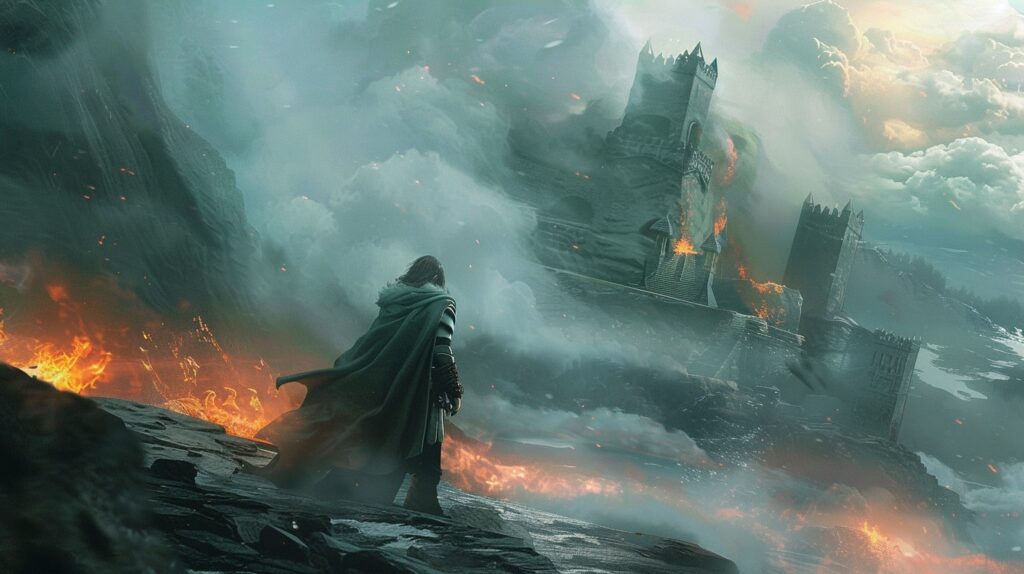
Tips 4-5: The Reality Check
Now that you've got your foundation element, it's time for the reality check. These next two tips separate amateur worldbuilding from the stuff that actually feels believable.
Tip 4: Apply the Tuesday Afternoon Test
I mentioned this briefly in the previous section, but it deserves its own deep dive because it's that important.
The Tuesday Afternoon Test is simple: Can you describe what an ordinary person does during an unremarkable afternoon in your world?
Not during a crisis. Not during a festival or ceremony. Not when the dark lord is attacking or the chosen one is fulfilling prophecy. Just a regular Tuesday when nothing special is happening.
This test reveals whether you've built a world or just a backdrop for adventure.
Here's why it matters. Readers don't fall in love with your world during the epic battle scenes. They fall in love during the quiet moments when characters are just living their lives. When Samwise Gamgee talks about his garden. When Harry Potter struggles with homework in the common room. When characters in your story grab a meal, complain about the weather, or deal with mundane problems made slightly different by your world's unique elements.
Let's say your world has floating islands connected by bridge networks. Cool concept, right? But what does Tuesday afternoon look like for someone who lives there?
Maybe bridge tolls affect which routes people take to work, creating social divisions between neighborhoods. Maybe weather is a bigger concern because high winds can shut down bridge traffic for days. Maybe children play games that involve safely dropping objects between islands. Maybe there's a whole profession of bridge inspectors who check for wear and magical decay.
These aren't dramatic plot points. They're the texture of life that makes readers think "I could live here" instead of "this is obviously made up."
Here's another example. Your world has magic, but using it requires sacrificing memories. Tuesday afternoon for a magical healer might involve carefully reviewing which memories she's willing to lose to save a patient's life. She might keep a written journal because she's forgotten too many small moments with her family. She might have developed rituals for preserving the most important memories while using the disposable ones for magic.
The Tuesday Afternoon Test forces you to think through the logical consequences of your world's unique elements. Not just the exciting consequences - the boring, everyday ones that actually shape how people live.
Tip 5: Make Mundane Details Feel Authentic
This is where most fantasy and science fiction writers crash and burn. They nail the big, dramatic elements but fumble the small stuff that actually makes worlds feel real.
You know what makes a world believable? The weird little details that nobody would bother to make up.
In Terry Pratchett's Discworld, there's a detail about how difficult it is to get good help when you're an evil overlord because competent people don't want to work for obviously doomed causes. That's not a plot point. It's just a throwaway observation about the practical problems of being evil in a world where good usually wins.
But it makes the whole world feel more real because it's the kind of thing that would actually happen.
Your world needs these authentic mundane details. Not just the cool stuff - the annoying stuff. The inefficient stuff. The things that don't work quite right.
If your world has teleportation magic, what about motion sickness? If everyone carries swords, what about all the accidents from people who don't know how to properly maintain a blade? If your society has perfect truth-telling magic, how do people handle social situations where honesty would be devastating?
Real worlds have friction. Things break down. People complain about stupid inconveniences. There are always unintended consequences that nobody planned for.
Let's go back to those memory stones. What mundane problems would they create?
Maybe cheap stones develop cracks that cause memories to leak out in fragments, creating embarrassing moments when private thoughts become semi-public. Maybe there's a whole industry of memory stone repair shops, like our phone repair stores, where people bring damaged stones and argue about warranty coverage.
Maybe children break family memory stones and try to hide it. Maybe elderly people forget which stones contain which memories and accidentally share the wrong ones at social gatherings. Maybe there are awkward family discussions about what happens to someone's memory collection when they die.
These aren't epic fantasy problems. They're human problems that would naturally emerge in a world where memory stones exist. And they're exactly the kind of details that make readers think "yes, this is how people would actually behave."
Here's how to find these details: Take your world's coolest element and ask "what would annoy people about this?" Not "what would terrify them" or "what would empower them" - what would be the everyday frustrations of living with this thing?
Because that's how you know you've built a world instead of just a theme park.

Tips 6-8: Systems That Drive Stories
Here's where worldbuilding gets interesting. You've got your foundation element and you understand how it affects daily life. Now it's time to build the systems that will drive your actual stories. These aren't just background details - they're conflict engines.
Tip 6: Build Economics That Create Conflict
Most writers think economics are boring. They're wrong.
Economics are the source of almost every interesting conflict in fiction. Who has what, who wants what, who controls what, and who's getting screwed over by the current arrangement. That's not boring - that's drama waiting to happen.
Your world's unique element creates economic opportunities and problems that don't exist in our world. Those opportunities and problems create natural conflicts between groups with different interests. And those conflicts drive stories.
Let's stick with our memory stone example. What economic systems would emerge around them?
High-quality stones might be rare and expensive, creating a luxury market where wealthy families preserve elaborate memory collections while poor families can barely afford to save one or two crucial memories. That's instant class conflict.
There might be memory verification specialists who authenticate stones for legal proceedings, creating a professional class with enormous power over truth itself. What happens when someone bribes a verifier? Or when a verifier discovers that a powerful person's "evidence" is actually a fake memory?
Maybe there's a black market in stolen memories. Memory thieves who specialize in extracting valuable experiences from unwilling victims. That creates an entire underground economy with its own rules, territories, and power structures.
Or consider memory mining - if stones come from specific geological locations, whoever controls those locations controls the entire memory economy. Mining companies, territorial disputes, resource wars. Suddenly you've got geopolitics driven by your unique element.
The key is following the money. Not literally money, but value. What do people want? What are they willing to trade for it? Who controls access to it? Those questions reveal the economic fault lines that create compelling conflicts.
Here's a practical exercise: Take your world element and trace the value chain. Where does it come from? Who produces it? Who distributes it? Who uses it? Where are the bottlenecks and control points? That's where your conflicts live.
Tip 7: Design Power Structures With Natural Tension
Power doesn't just exist - it's constantly being challenged, defended, and redistributed. The most compelling worlds have power structures that are inherently unstable, creating ongoing tension even when there's no external threat.
Your world element changes who has power and how they maintain it. Those changes create winners and losers, and losers don't usually stay quiet about it.
In our memory stone world, several power structures might emerge:
Traditional authorities (kings, priests, family elders) who base their power on historical precedent might find that power challenged when people can access actual memories of the past rather than relying on official versions of events. What happens when a memory stone proves that the royal family's claim to the throne is based on a lie?
Memory verifiers might become a new power center, since they control what's accepted as truth. But that power depends on public trust. What happens when verifiers disagree with each other? Or when people start questioning whether the verification process itself can be corrupted?
Wealthy memory collectors might accumulate not just stones, but the experiences and knowledge they contain. They could become a new aristocracy based on accumulated experience rather than birth or land. But what happens when someone figures out how to mass-produce fake memories that are indistinguishable from real ones?
Each of these power structures has built-in vulnerabilities and natural opponents. Traditional authorities vs. verifiers vs. wealthy collectors vs. underground movements promoting memory equality. None of these groups can achieve total dominance, which means ongoing conflict and shifting alliances.
The best power structures in fiction aren't stable hierarchies - they're dynamic systems where different groups are constantly maneuvering for advantage, creating natural story opportunities.
Tip 8: Let Everything Ripple Outward From Your Core Element
This is where amateur worldbuilders go wrong. They create a cool element, then design completely separate systems for government, religion, culture, and technology. Everything feels disconnected because it is disconnected.
Professional worldbuilders understand the ripple effect. One change affects everything else, which affects everything else, which creates a web of interconnected systems that feel organic rather than designed.
Your memory stones don't just affect how people store information. They affect:
Legal systems - How do you handle evidence when memories can be fabricated? What new crimes become possible? How do you protect people's mental privacy?
Education - Why memorize anything when you can access someone else's perfect memory of the lesson? How do you verify that students actually understand material rather than just borrowing someone else's comprehension?
Religion - Are memories sacred? Should the dead's memories be preserved or allowed to fade? Can you commune with ancestors through their preserved memories? What happens to concepts of afterlife when consciousness can be partially preserved?
Marriage and family - Do couples share memories as part of bonding rituals? How do you maintain privacy in intimate relationships when memories can be externally stored? What happens to family secrets when they're preserved in physical objects?
Art and entertainment - Why describe a sunset when you can let people experience your memory of it directly? What new art forms emerge? How do you protect artistic copyright when experiences can be copied?
Every system in your world should connect back to your core element in some way. Not obviously or heavy-handedly, but logically. When everything connects, your world feels cohesive instead of like a collection of random cool ideas.
Here's how to check this: Pick any aspect of your world and trace the connections back to your core element. If you can't find a logical path, either adjust that aspect or consider whether you really need it.
The most powerful worldbuilding examples in fiction work because everything feels connected. Middle-earth's magic, politics, geography, and cultures all connect to the central themes of power and corruption. Star Wars' technology, society, and mysticism all connect to the balance between order and chaos.
Your world should have that same sense of everything belonging to the same whole, even when individual pieces seem very different on the surface.
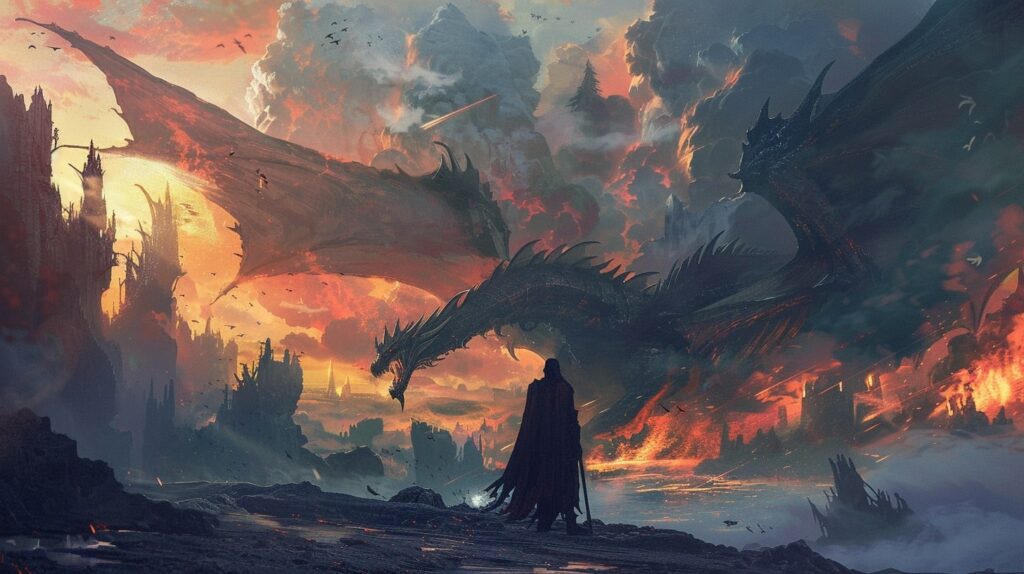
Tips 9-10: Fantasy Worldbuilding Tips
Fantasy writers face unique challenges that other genres don't have to deal with. You're not just building a world - you're building a world where the impossible happens on a regular basis. These fantasy worldbuilding tips will help you create magic and cultures that feel authentic instead of arbitrary.
Tip 9: Create Magic Systems With Meaningful Costs
Here's the biggest problem with magic in most fantasy: it solves too many problems and creates too few.
Bad magic systems are basically superpowers with window dressing. Good magic systems are tools that come with prices, limitations, and unintended consequences that drive conflict rather than resolve it.
Every spell should cost something the caster values. Every magical ability should have limitations that matter to the story. Every use of magic should potentially create new problems even as it solves immediate ones.
The best fantasy worldbuilding examples understand this principle. In Brandon Sanderson's Mistborn series, magic literally consumes metal that practitioners have to ingest, creating both a physical cost and economic implications. In Patrick Rothfuss's Name of the Wind, sympathy magic follows thermodynamic principles - energy can't be created or destroyed, only transferred, often in ways that hurt the user.
But costs don't have to be purely physical. Maybe magic requires sacrificing memories, like we discussed with the memory stones. Maybe it ages the user rapidly. Maybe it requires making bargains with entities you can't trust. Maybe it only works when you're experiencing strong emotions, making it unreliable when you most need to stay calm.
The key is making sure the cost matters to your characters and your story. If the wizard can just cast "solve all problems" with no meaningful downside, you don't have a magic system - you have a plot device.
Here's a practical test: For every magical solution your characters use, can you identify at least two new problems it creates? If not, your magic is too convenient.
Let's say your healing magic works by transferring injuries to willing volunteers. Sounds reasonable, right? But now you've created a class of people who suffer professionally, questions about consent and desperation, potential for abuse by those who control healers, and moral dilemmas about who deserves to be healed at others' expense.
That's not a bug - that's a feature. Those complications are story opportunities.
Tip 10: Design Cultures That Feel Distinct, Not Cosmetic
This is where most fantasy writers phone it in. They create "cultures" that are just visual aesthetics - the desert people wear flowing robes, the mountain people have beards, the forest people use bows.
Real cultures aren't costume parties. They're complex systems of values, practices, and adaptations that emerge from specific environments, histories, and challenges.
Your fantasy cultures should feel like they developed naturally in response to the unique conditions of your world, especially the magical elements you've introduced.
Let's think about how different cultures might adapt to a world with memory stones:
The Nomadic Clans might view permanent memory storage as spiritually dangerous. They believe memories should flow like water, changing and evolving with each retelling. They practice oral traditions specifically because they think fixed memories trap the soul. When they encounter settled peoples with vast memory libraries, there's immediate cultural friction.
The Scholar Cities might have developed the opposite extreme - elaborate memory banks where citizens are required to contribute their experiences to the collective knowledge. They view the nomads as backwards and wasteful. Their children grow up accessing centuries of accumulated wisdom, making them knowledgeable but perhaps lacking in personal experience.
The Island Traders might have adapted memory stones for long-distance communication, developing techniques to send messages through stone-carried memories across vast ocean distances. Their culture values emotional restraint because merchants who share their true feelings with customers lose negotiations to competitors with better poker faces.
Notice how each culture's relationship to memory stones reflects their environment and values, while also creating natural conflicts when these groups interact.
Here's the secret to creating distinct cultures: Start with the practical problems your world's unique elements create, then ask how different groups might solve those problems based on their environment and values.
In a world with dangerous magical storms, mountain peoples might develop underground cities and value patience and preparation. Desert peoples might become nomadic storm-chasers who've learned to predict and harness the magic. Island peoples might develop sailing techniques that use storm magic for propulsion.
Same magical phenomenon, three completely different cultural adaptations, each with their own values, practices, and potential conflicts with the others.
Don't just change the costumes and cuisine. Change how people think, what they value, and how they solve problems. That's what makes cultures feel authentic rather than cosmetic.
Here's your homework for these fantasy worldbuilding tips: Take your world's unique element and design three different cultural responses to it. Not just how they use it differently, but how it has shaped their core values and social structures. Then imagine what happens when representatives from these cultures have to work together or compete for the same resources.
That tension between different approaches to the same magical reality is where your best stories will come from.
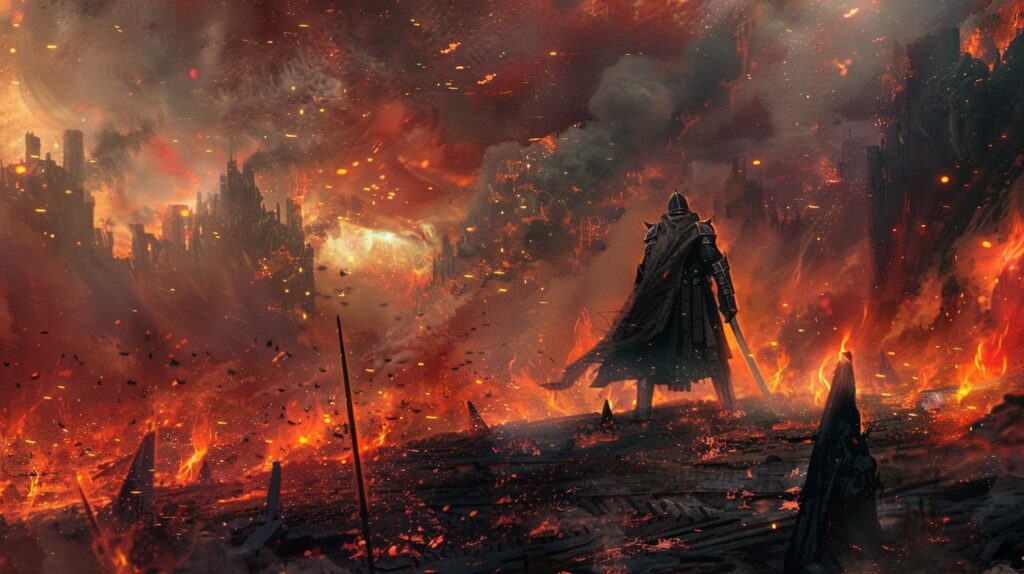
Tips 11-12: Advanced Techniques
Once you've mastered the fundamentals, these advanced techniques will take your worldbuilding from good to exceptional. These are the methods professional writers use to create worlds that feel like they've existed for centuries.
Tip 11: Use Constraints to Spark Creativity
This might sound backwards, but limitations are your best friend when it comes to creative worldbuilding. The more constraints you give yourself, the more creative you'll become in working within them.
Unlimited possibility is the enemy of good storytelling. When anything can happen, nothing feels meaningful. When magic can solve any problem, there's no tension. When resources are infinite, there's no conflict.
But when you force yourself to work within tight constraints, you're forced to find clever solutions that feel organic and surprising.
Here's a practical example. Let's say you're building a world where magic exists, but you give yourself these constraints:
- Magic can only be performed by children under age 12
- It only works during thunderstorms
- Each use permanently removes one of the child's memories
- The effects last exactly 24 hours
Suddenly you have to think creatively. How does society organize around these limitations? Maybe there are specialized schools that train magical children during storm season. Maybe families have to choose which memories they're willing to sacrifice for their children to help the community. Maybe there are "storm wardens" who predict weather and coordinate magical responses to emergencies.
Those constraints force you to think about implications you'd never consider if magic was unlimited. They create natural conflicts, social structures, and story opportunities that feel fresh because they emerged from working within limitations rather than around them.
The "broken telephone" method is another constraint-based technique that creates authentic cultural variation. Here's how it works:
Start with a single practice or belief. Let's say your original culture believes that sleeping under starlight grants prophetic dreams. Now imagine this belief spreading to other cultures, but each group understands it slightly differently because they're getting incomplete information.
The mountain culture might interpret this as needing to sleep at high altitude, developing elaborate sky-viewing platforms and rituals around mountain climbing. The desert culture might focus on the "starlight" aspect, creating precise astronomical calendars and believing only specific star configurations grant visions. The forest culture might think it's about sleeping outdoors in general, developing tree-house sleeping practices and interpreting any outdoor dreams as prophetic.
Same original concept, three completely different cultural expressions, each logical within its own context. That's how real cultural variations develop - through misunderstanding, adaptation, and local interpretation of shared ideas.
This technique works because it mimics how actual cultural transmission happens. Ideas don't spread perfectly - they change as they move from group to group, shaped by local conditions, existing beliefs, and practical limitations.
Tip 12: Make Your World Feel Lived-In, Not Designed
The difference between amateur and professional worldbuilding often comes down to this: amateurs create worlds that feel designed for the story, while professionals create worlds that feel like they existed long before the story began.
Here's the secret - your world needs a sense of historical depth and ongoing life that extends beyond your plot. Things should be happening that have nothing to do with your main characters. Problems should exist that your heroes can't or won't solve. There should be mysteries that remain mysteries, even to you.
One technique for achieving this is the "archaeological method." Instead of designing everything from scratch, imagine you're an archaeologist discovering the ruins of your world. What evidence would you find of daily life? What would be preserved and what would decay? What would historians argue about?
Let's apply this to our memory stone world. Maybe archaeologists find ancient memory stones with degraded content that only preserves emotional impressions rather than clear memories. Maybe there are ruins of elaborate stone-sorting facilities whose purpose is unclear. Maybe there are pictographs showing memory stone use that contradict modern practices, suggesting the technology was used differently in the past.
These archaeological details suggest history, change over time, and lost knowledge - all of which make your world feel deeper and more real.
Another technique is the "ongoing problems" approach. Real worlds don't just have problems that get solved - they have problems that persist across generations because they're genuinely difficult or because solving them would create new problems.
Maybe memory stones occasionally develop "bleed-through" where different memories start mixing together unpredictably. It's rare enough that society hasn't collapsed, but common enough that everyone knows someone who's been affected. There are competing theories about what causes it, various folk remedies that sometimes work, and ongoing research that hasn't yielded definitive answers.
This isn't a problem for your heroes to solve - it's just part of the world's texture, something that adds complexity and authenticity without requiring resolution.
The best worldbuilding examples in literature use this technique extensively. Tolkien's Middle-earth feels ancient because there are ruins everywhere with mysterious purposes, languages that have evolved and changed, and references to events that happened long before the main story. George R.R. Martin's Westeros feels lived-in because there are ongoing political problems that predate the story and will probably continue after it ends.
Here's a practical exercise: Create five "background problems" in your world that existed before your story begins and will probably continue after it ends. These shouldn't be problems your protagonists solve - they should be the kind of persistent issues that real societies deal with over long periods.
Maybe it's a territorial dispute between neighboring regions that flares up every few decades. Maybe it's a religious schism that creates ongoing social tension. Maybe it's an environmental problem that people have learned to live with rather than solve.
These background elements give your world weight and history. They make it feel like a real place with ongoing life rather than a stage set built specifically for your story.
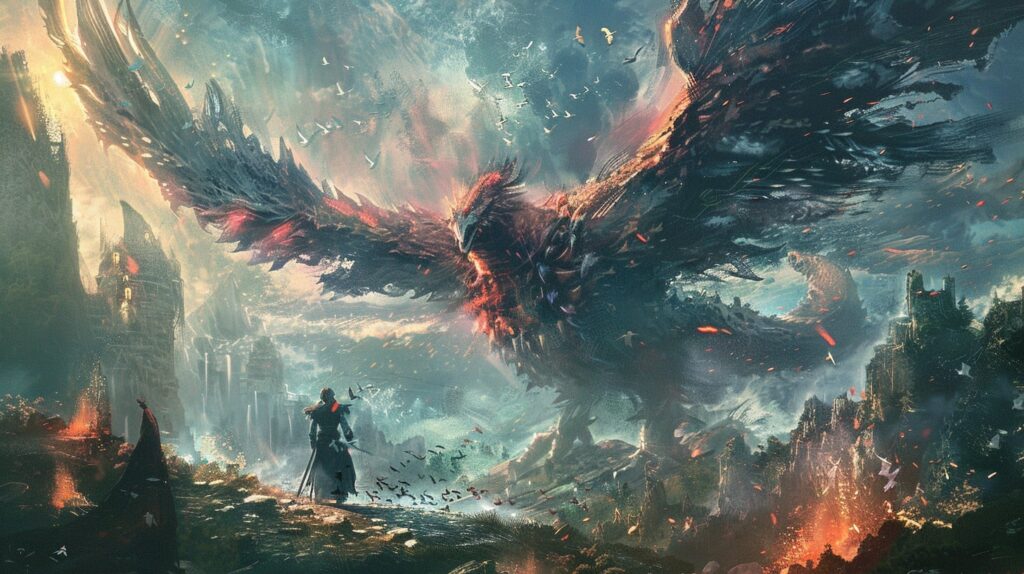
Tip 13: The Meta-Tip
Here's the most important worldbuilding tip I can give you, and it trumps everything else in this guide.
Make Everything Serve Your Story
I've spent 12 tips telling you how to build complex, interconnected worlds with authentic details and meaningful systems. Now I'm going to tell you when to ignore all of that advice.
If a worldbuilding element doesn't serve your story, cut it. No matter how cool it is. No matter how much work you put into it. No matter how cleverly it connects to your other systems.
Your world exists to tell a story, not the other way around.
I learned this lesson the hard way. I once spent three months developing an elaborate economic system for a fantasy novel, complete with trade routes, currency exchange rates, and detailed supply chains. It was brilliant. It was logical. It was interconnected with everything else in the world.
It was also completely irrelevant to the story I was trying to tell.
My beta readers skipped every paragraph that mentioned the economic system. They didn't care about trade routes - they cared about whether the main character would survive the next chapter. All that worldbuilding became a barrier between readers and the story they actually wanted to read.
That's when I understood the fundamental rule: worldbuilding should enhance story, not replace it.
Here's how to know when you've built enough: Stop when you have everything you need to tell your specific story with confidence and authenticity. Not when you've explored every possible implication of your world's unique elements, but when you understand your world well enough that it feels real to you and serves the needs of your narrative.
This doesn't mean building only what appears directly on the page. You need to understand more than you show, because that depth will make everything you do show feel authentic. But you don't need to understand everything about everything.
If your story is about a memory thief trying to steal a specific memory from a heavily guarded target, you need to understand how memory theft works, what security measures exist, and what stakes drive your character. You probably don't need to fully develop the agricultural implications of memory stones or the philosophical debates about memory authenticity - unless those elements directly impact your thief's mission.
Build deep in the areas that matter to your story. Build shallow everywhere else, with just enough detail to maintain consistency and answer questions that come up naturally.

How to Know When You've Built Enough
Here are three tests to determine whether you need more worldbuilding or whether you should start writing:
The Confidence Test: Can you put your main character in any scene and know how they would behave based on their background and the world's rules? If yes, you probably have enough character and world development to start writing.
The Consistency Test: When you imagine different scenes in your story, do the world's rules and systems feel consistent? You don't need to know everything, but what you do know should align with itself.
The Story Service Test: Is your worldbuilding helping you understand what your characters want, what obstacles they face, and what's at stake if they fail? If your worldbuilding isn't clarifying these story fundamentals, you might be building in the wrong direction.
The Balance Between Detail and Narrative
The sweet spot in worldbuilding is having enough detail to feel confident and authentic, but not so much that it overwhelms the story you're trying to tell.
Think of your world like an iceberg. Readers see the 10% above water - the details that directly appear in your story. But they can sense the 90% below the surface - the depth of understanding that makes everything feel real and consistent.
You need that 90%, but you don't need to map every corner of it before you start writing. Build what you need for the beginning of your story, then develop more as the story requires it. This organic approach keeps your worldbuilding relevant and prevents you from getting lost in fascinating tangents that don't serve your narrative.
Some of the best worldbuilding examples in fiction were developed this way. Tolkien didn't create all of Middle-earth before writing The Hobbit - he expanded it as he needed more depth for The Lord of the Rings. George Lucas didn't design the entire Star Wars universe before the first movie - he built more as the story demanded it.
Your world should grow with your story, not in spite of it.
Your Next Steps
Here's what to do after reading these 13 tips:
- Choose your core element (Tip 1)
- Develop enough daily life detail to pass the Tuesday Afternoon Test (Tips 4-5)
- Understand the basic systems that create conflict in your story (Tips 6-8)
- Add any specialized elements your genre requires (Tips 9-10)
- Stop and start writing
You can always come back and develop more later. In fact, you should come back and develop more later, because writing your story will reveal what additional worldbuilding you actually need versus what you think you need.
The goal isn't to build a perfect world before you start writing. The goal is to build enough world to start writing confidently, then let the story guide further development.
Remember, readers don't fall in love with worlds - they fall in love with characters living in those worlds. Your job is to create a world that serves those characters and their stories, not to create the most comprehensive fictional universe possible.
Build what serves the story. Everything else is just procrastination with extra steps.

